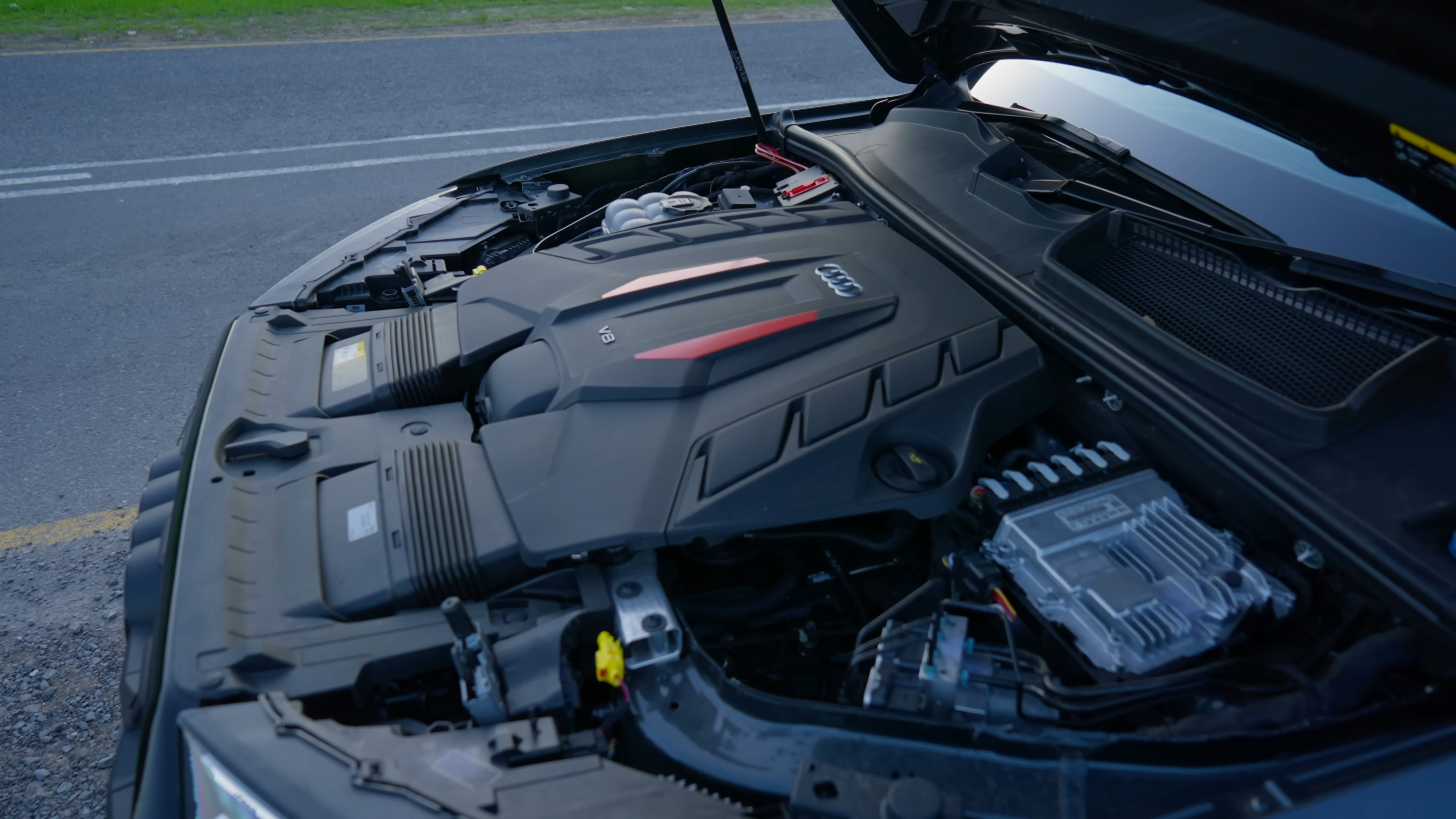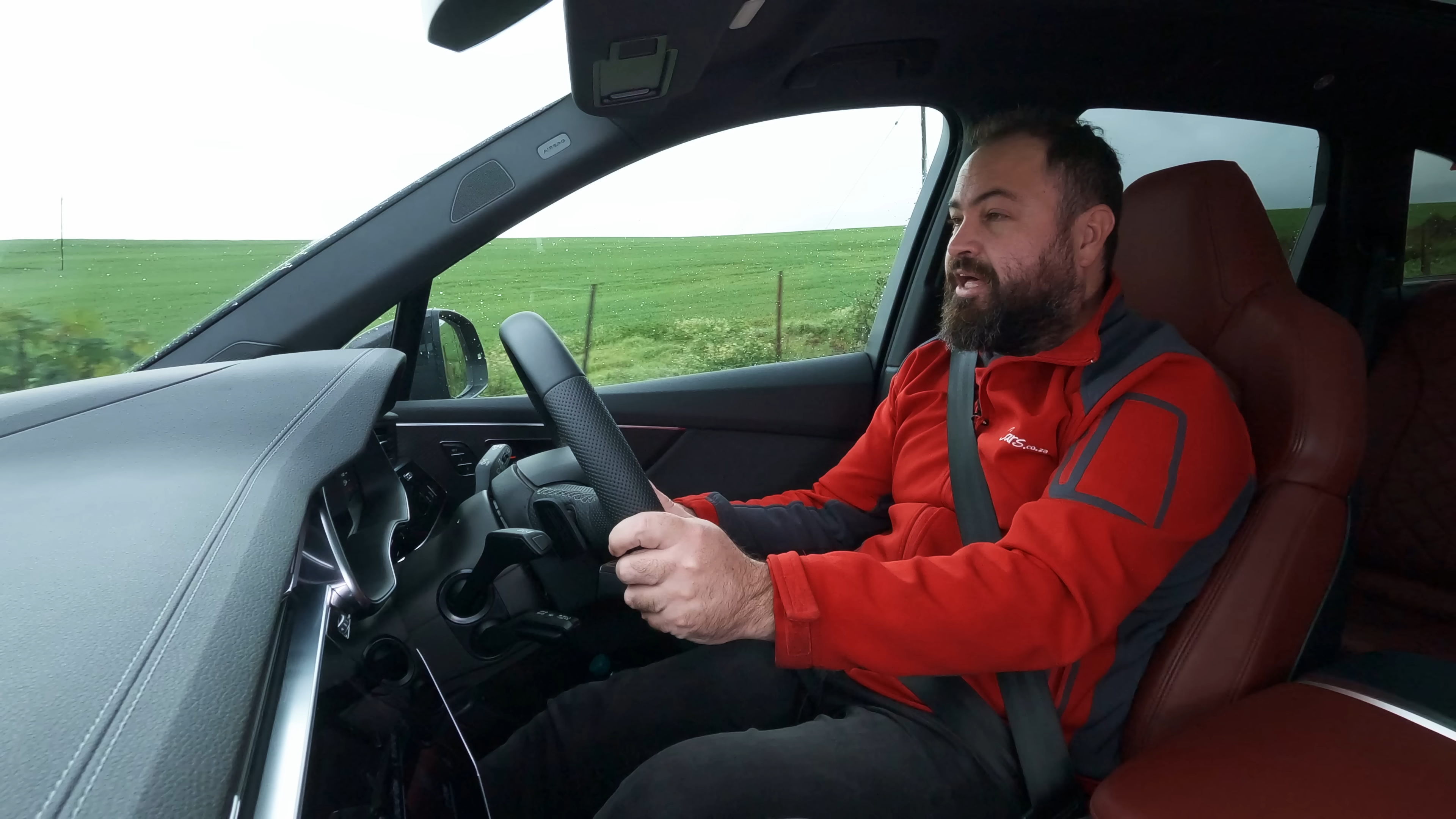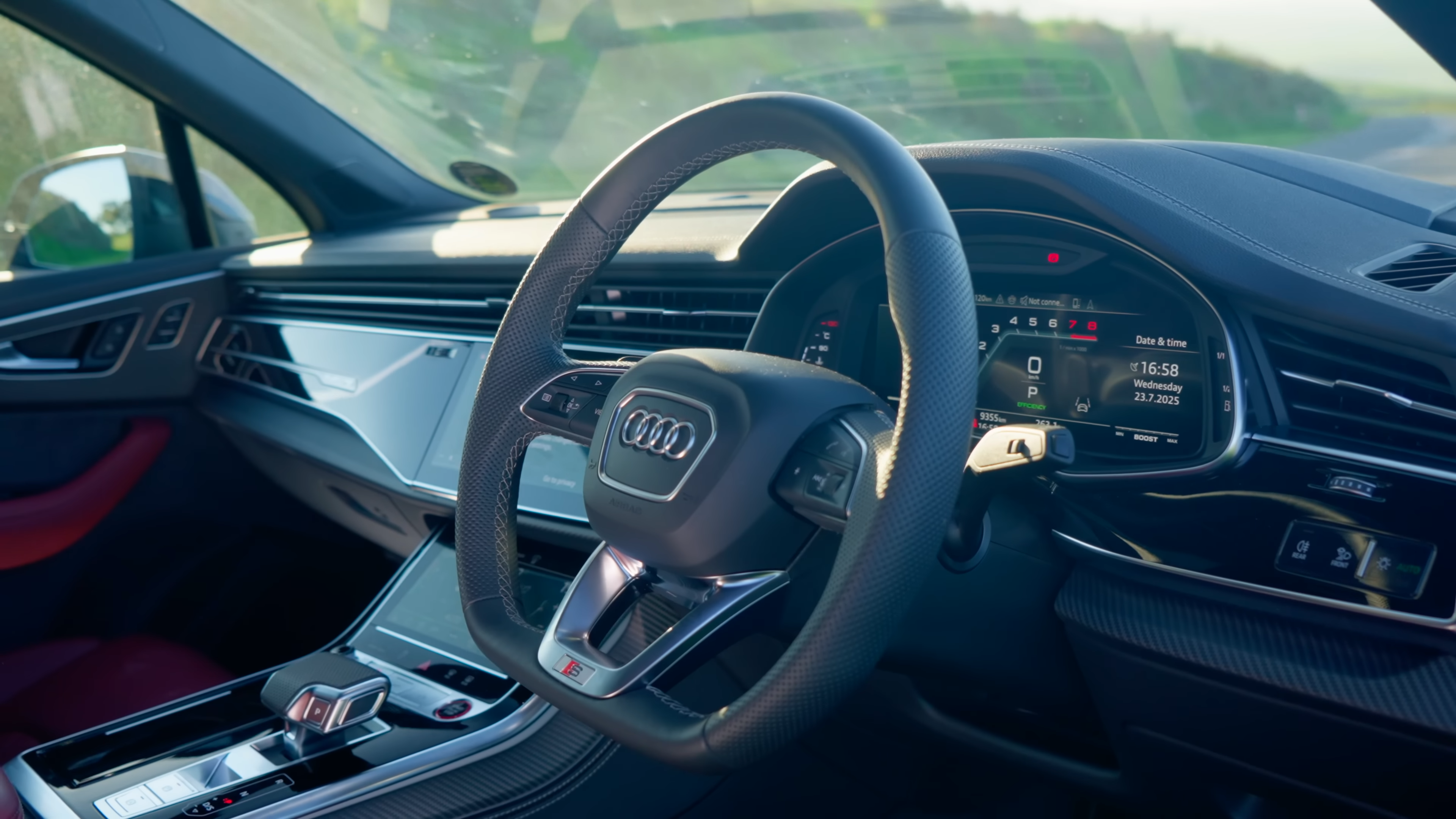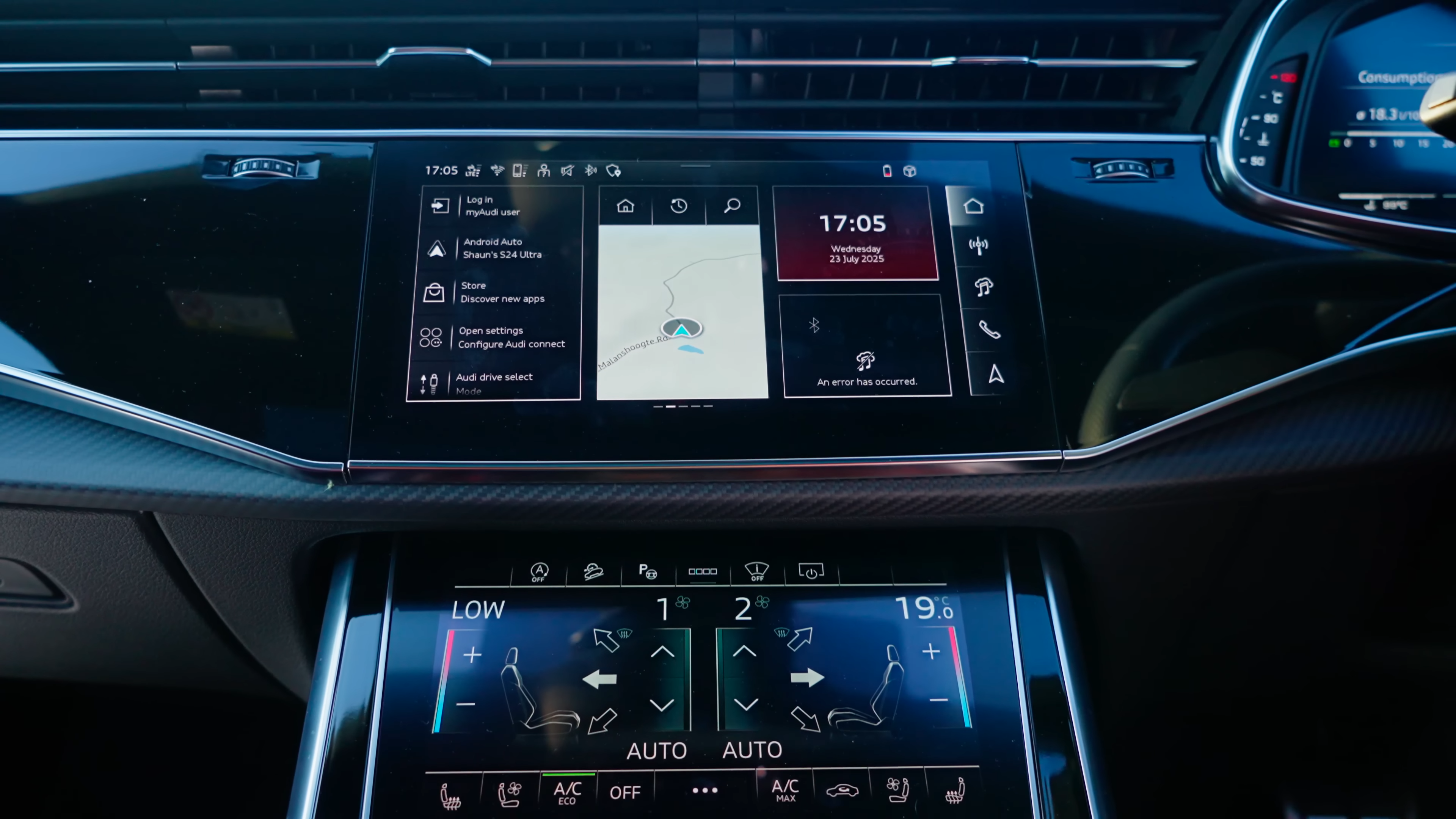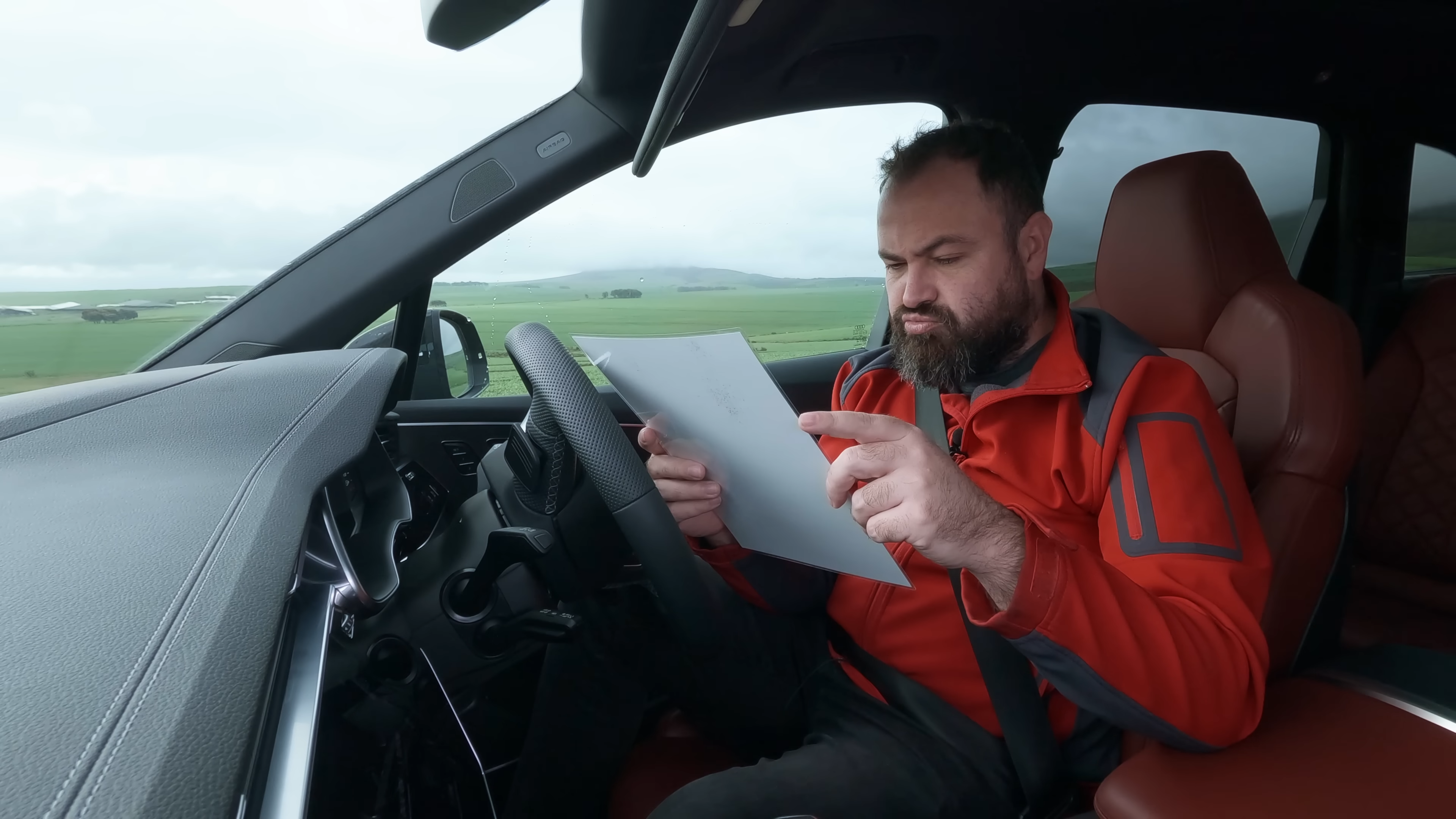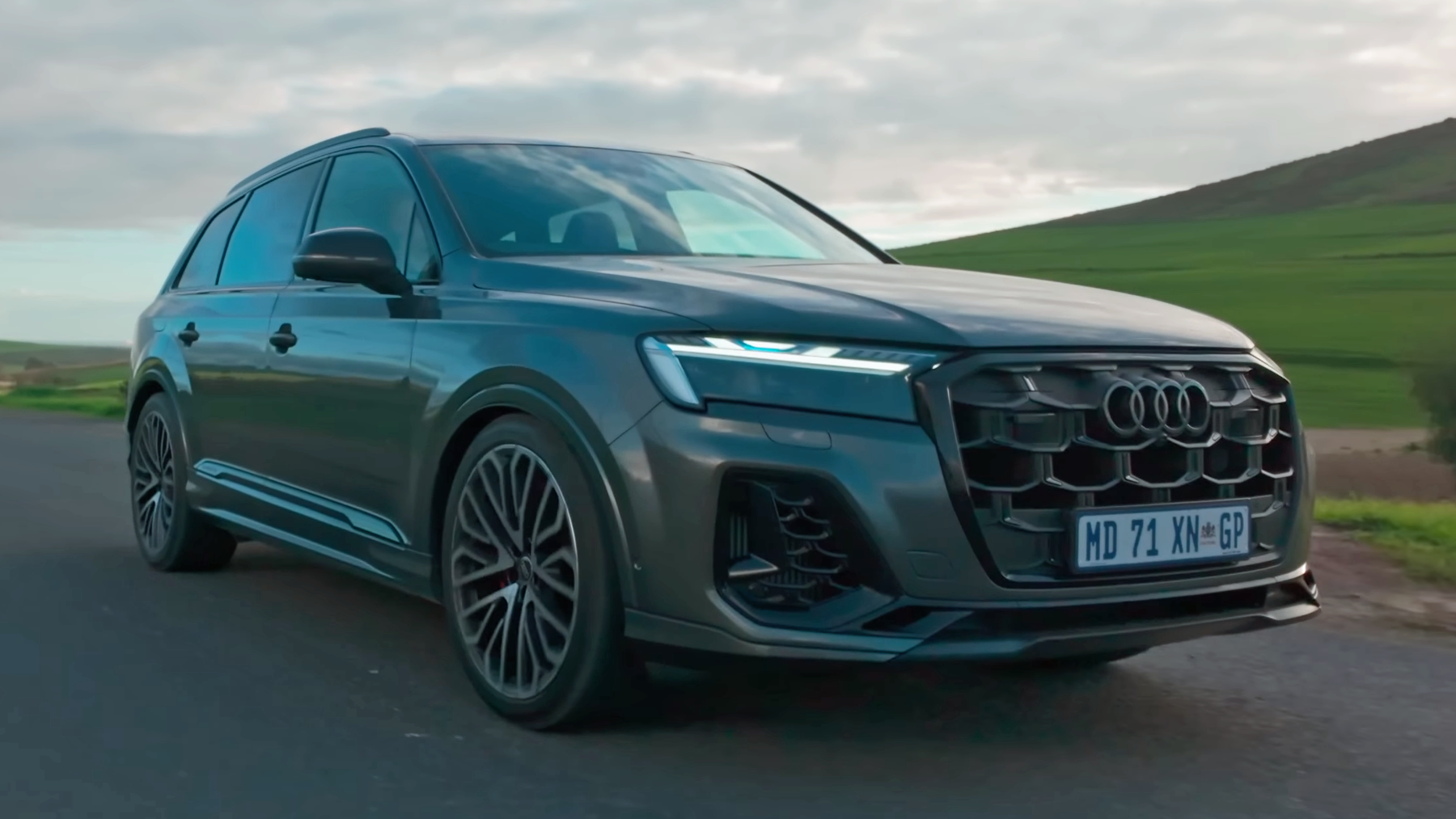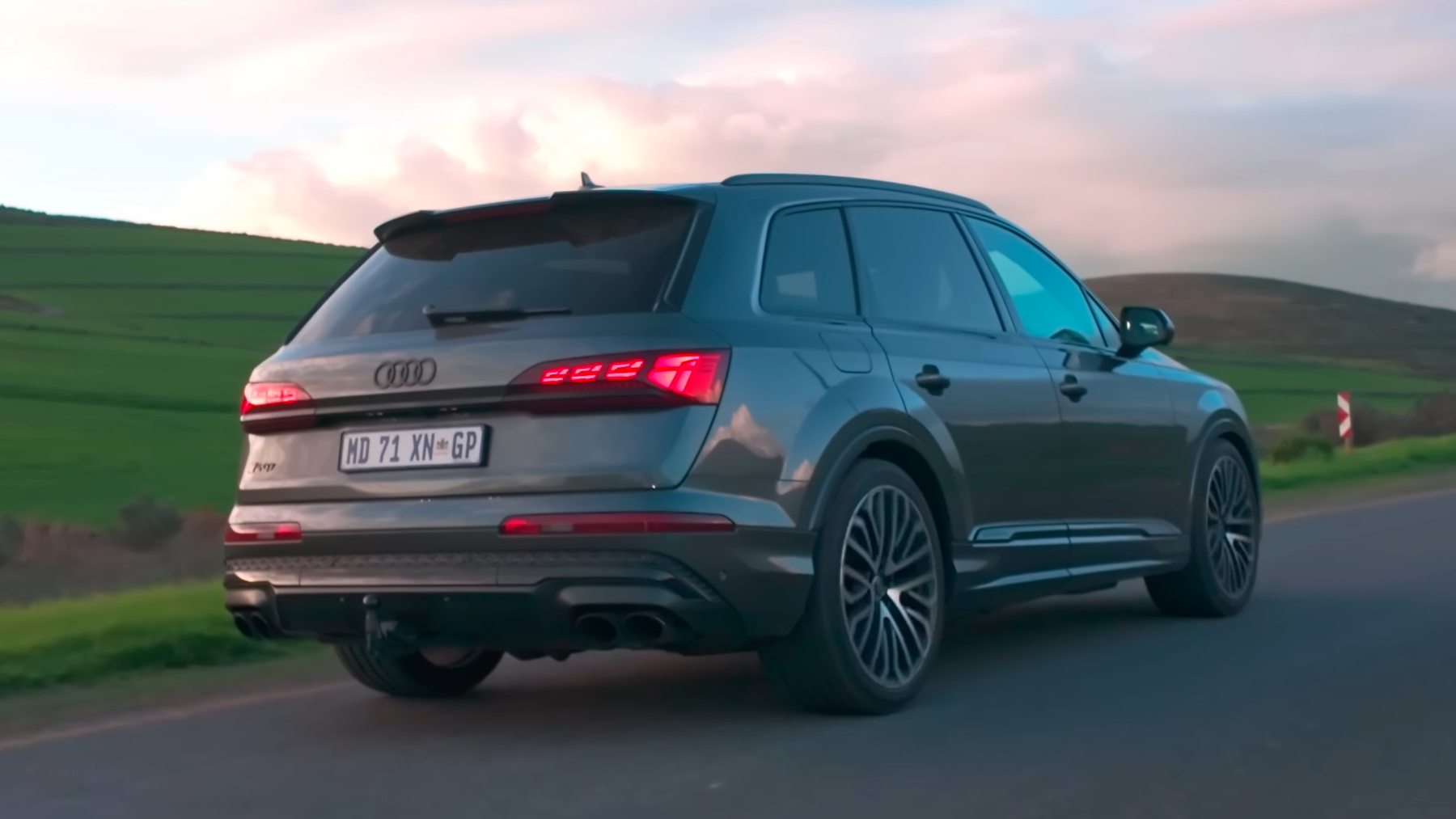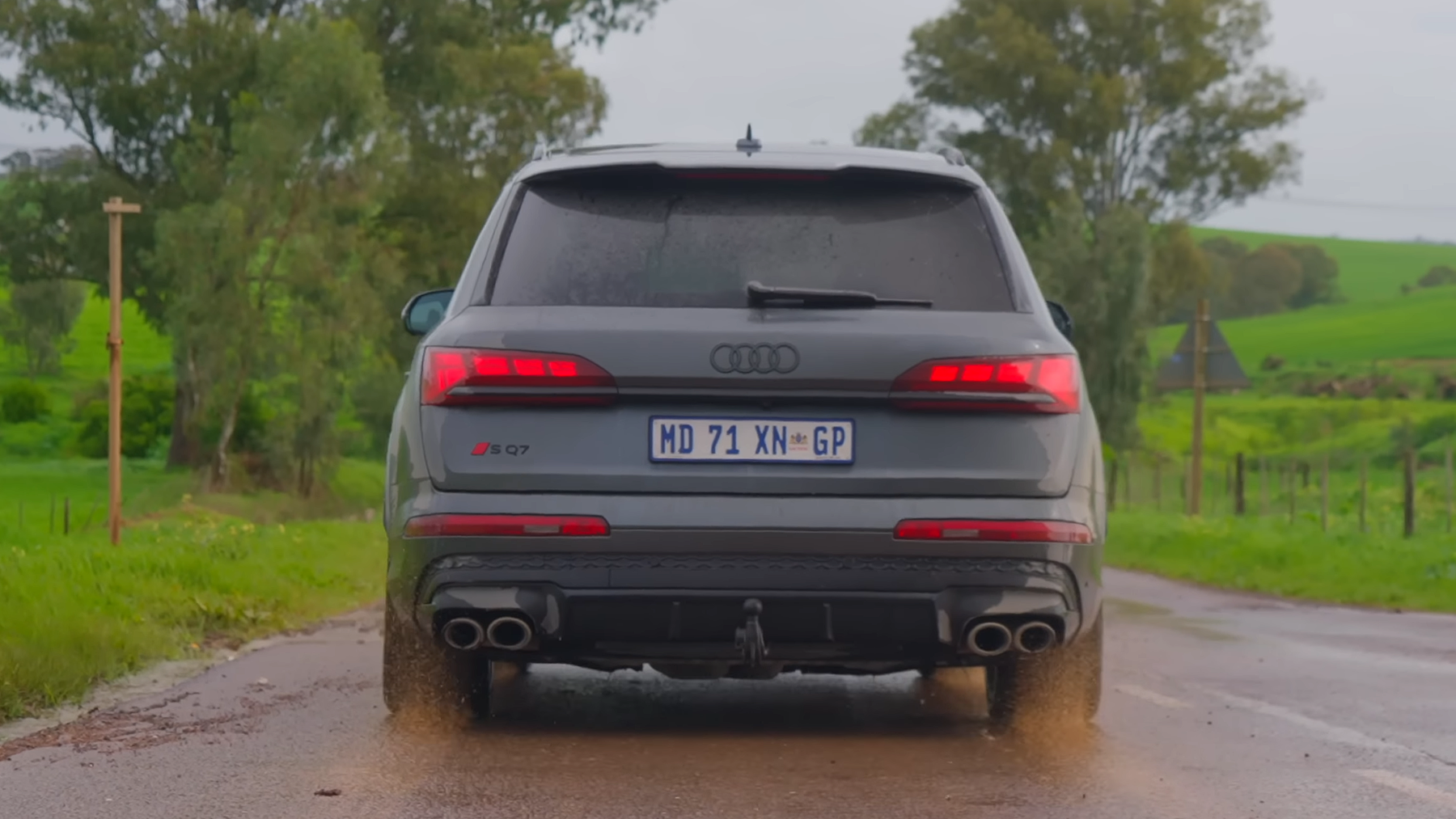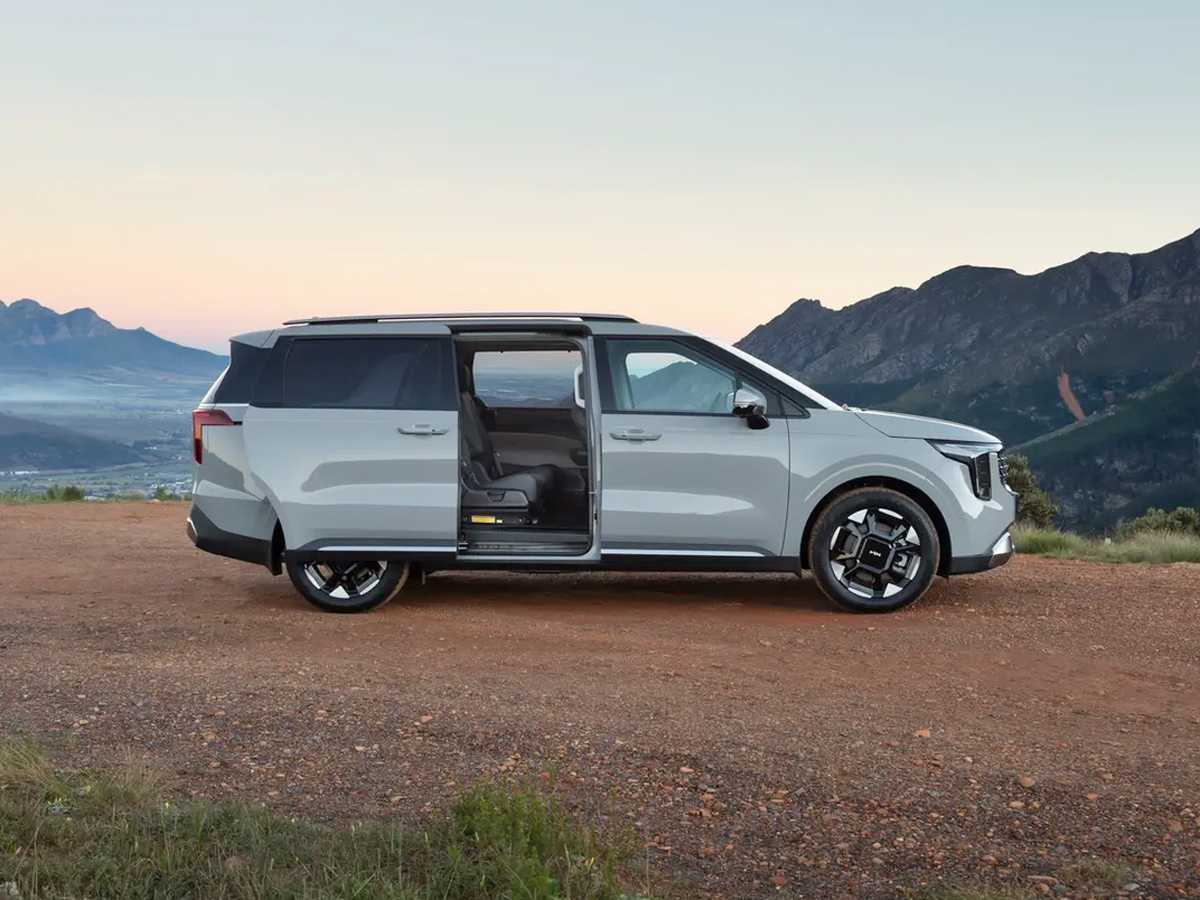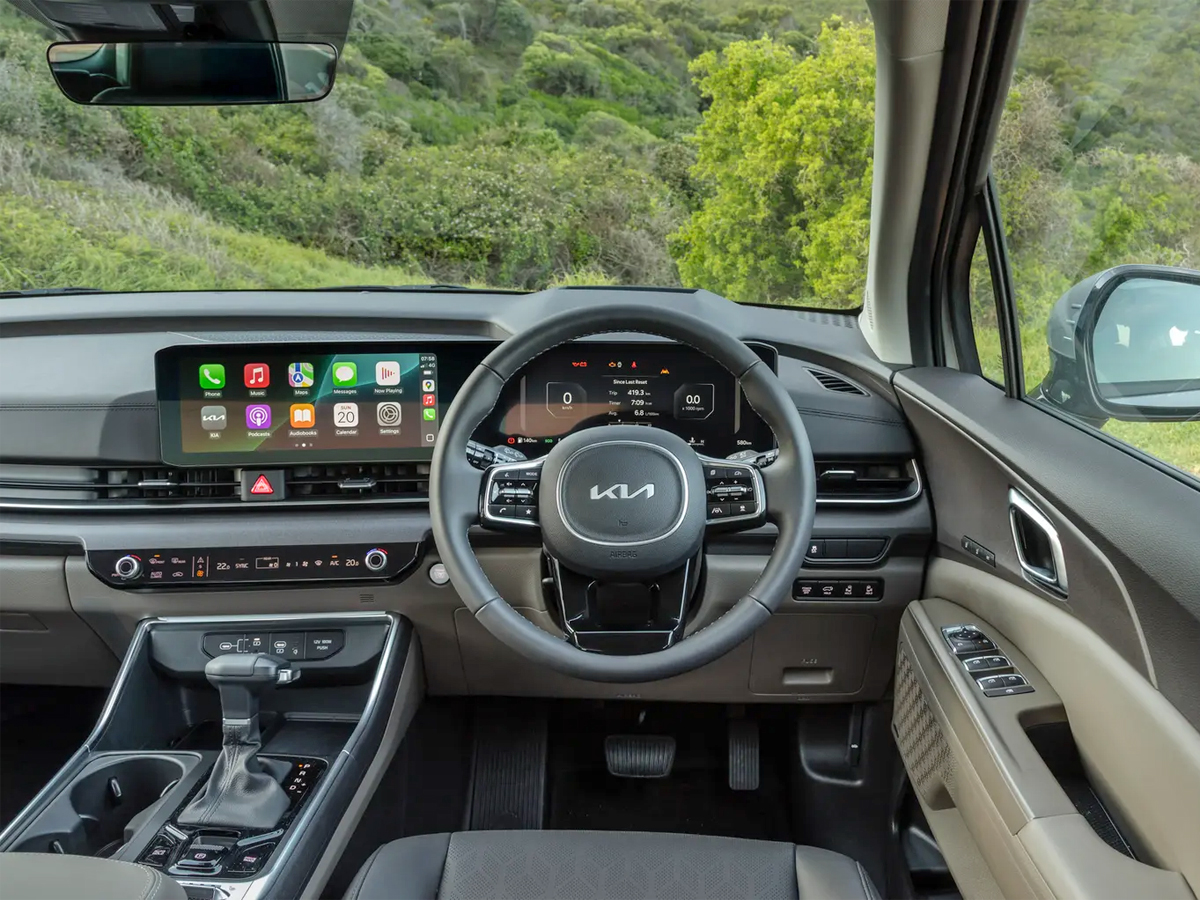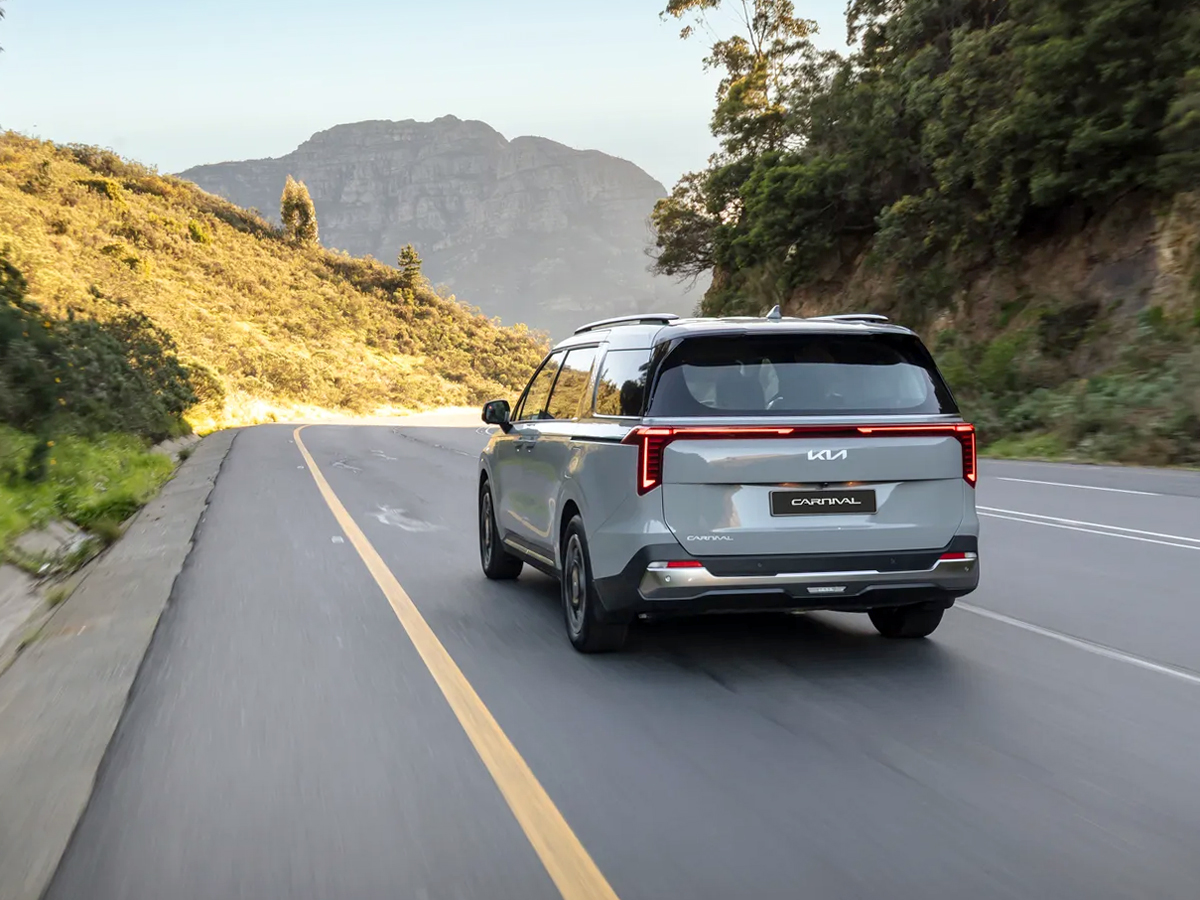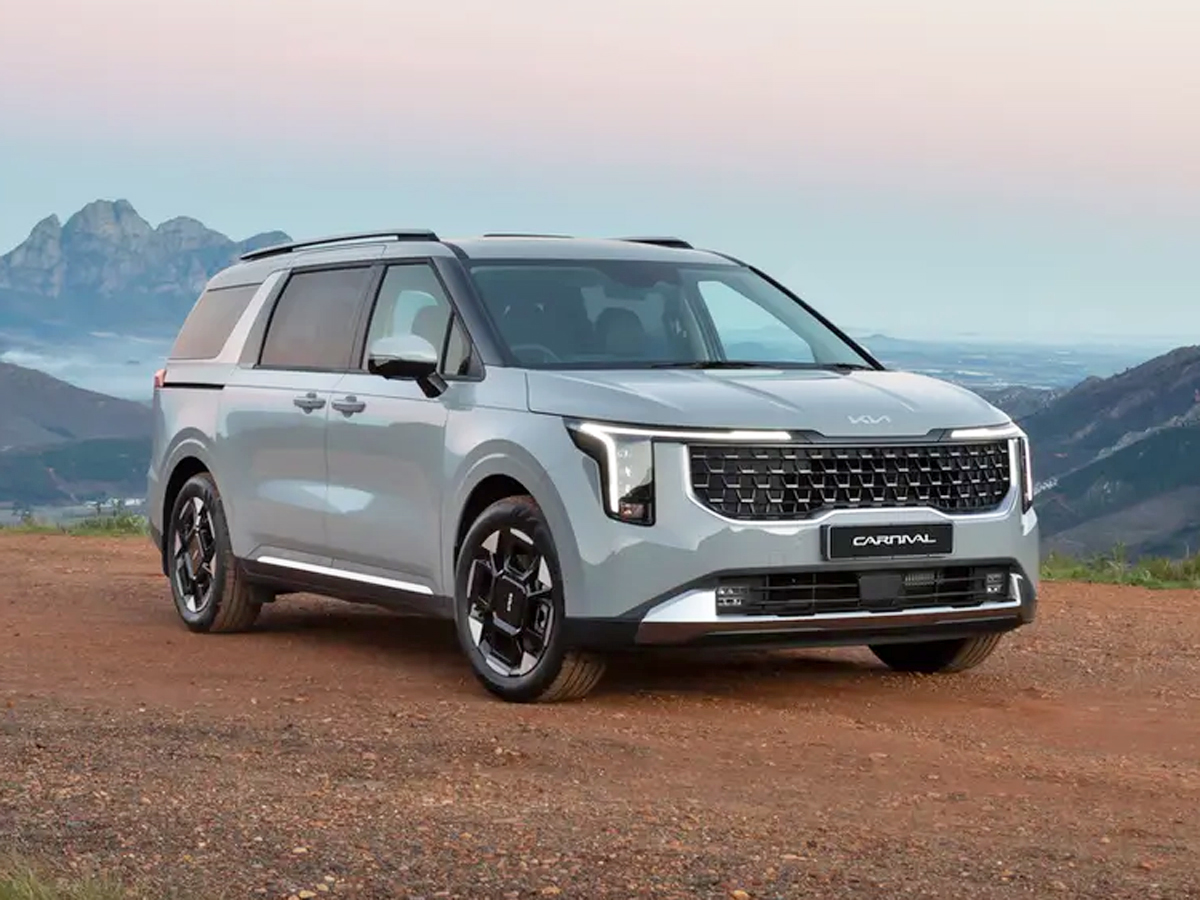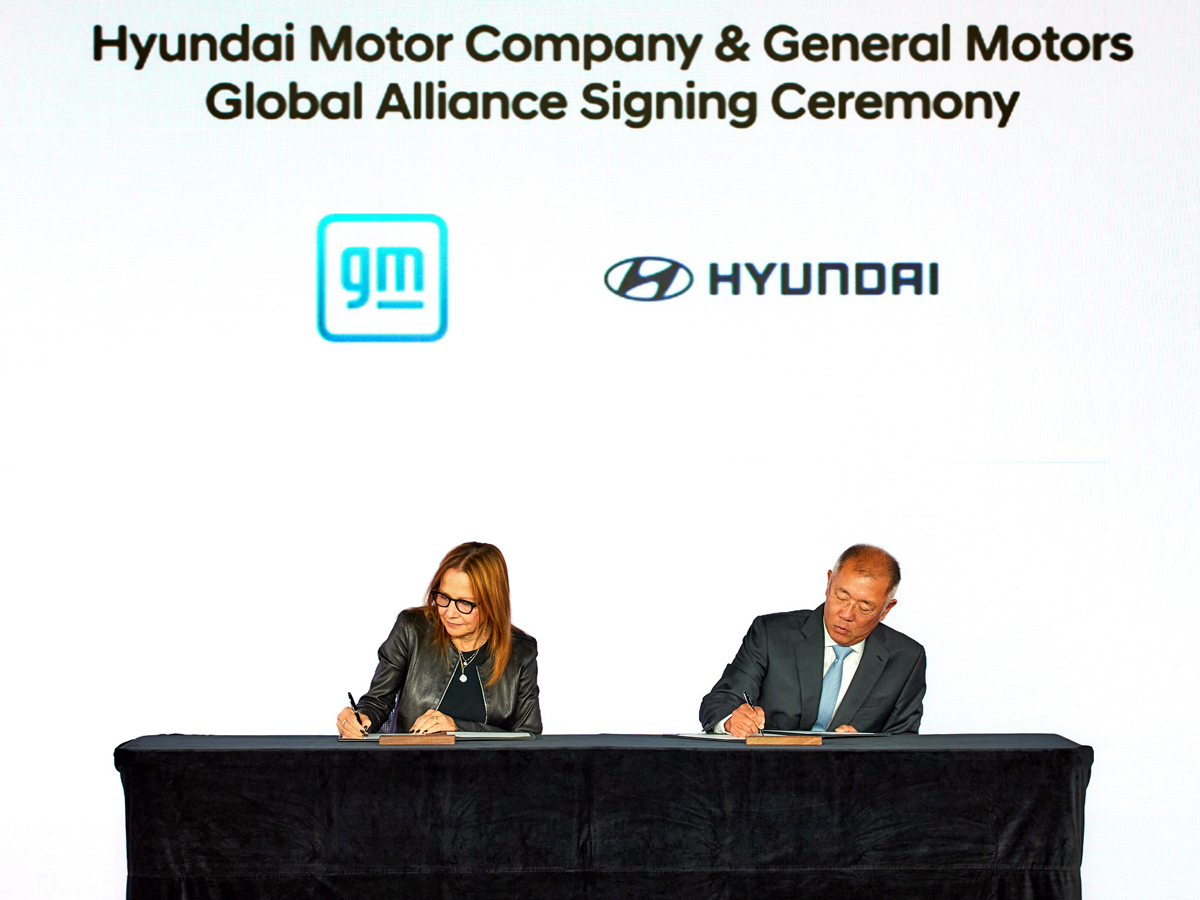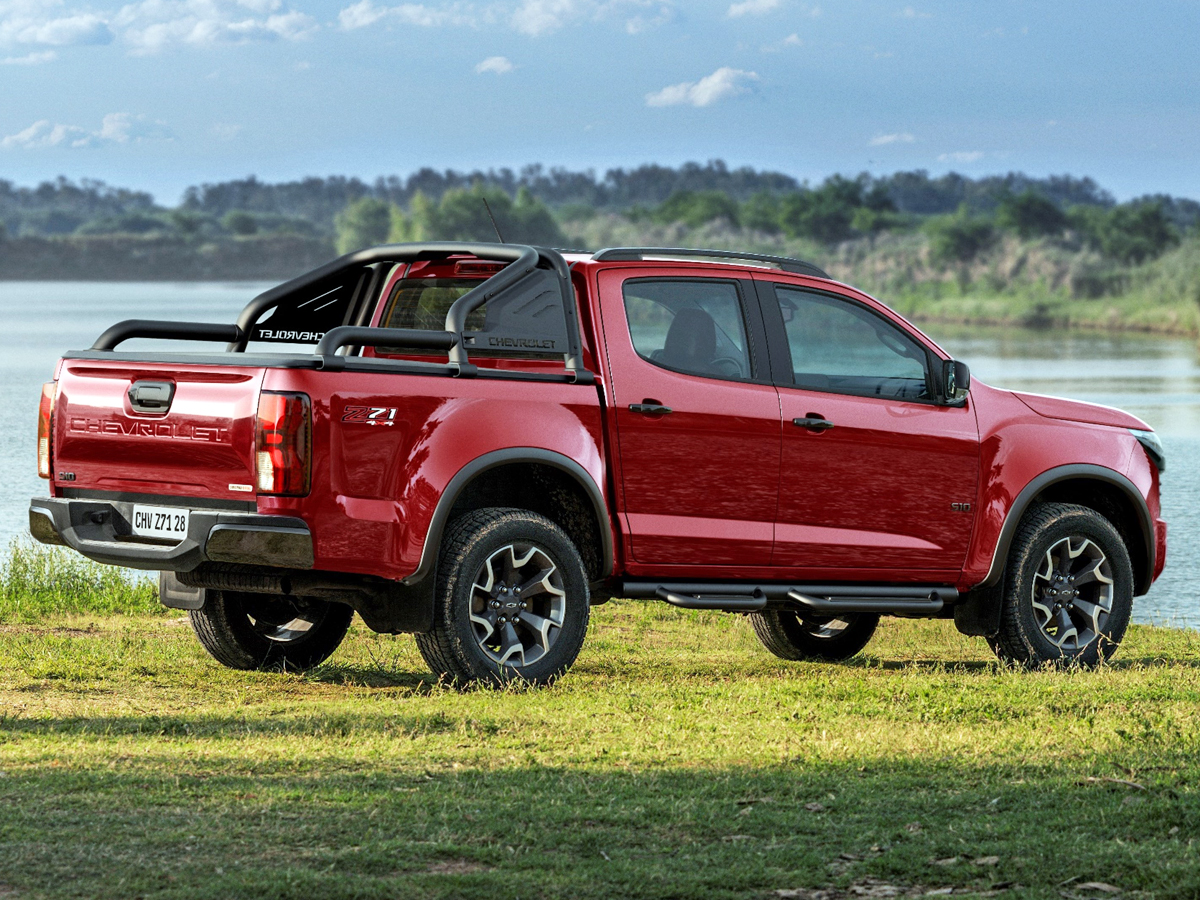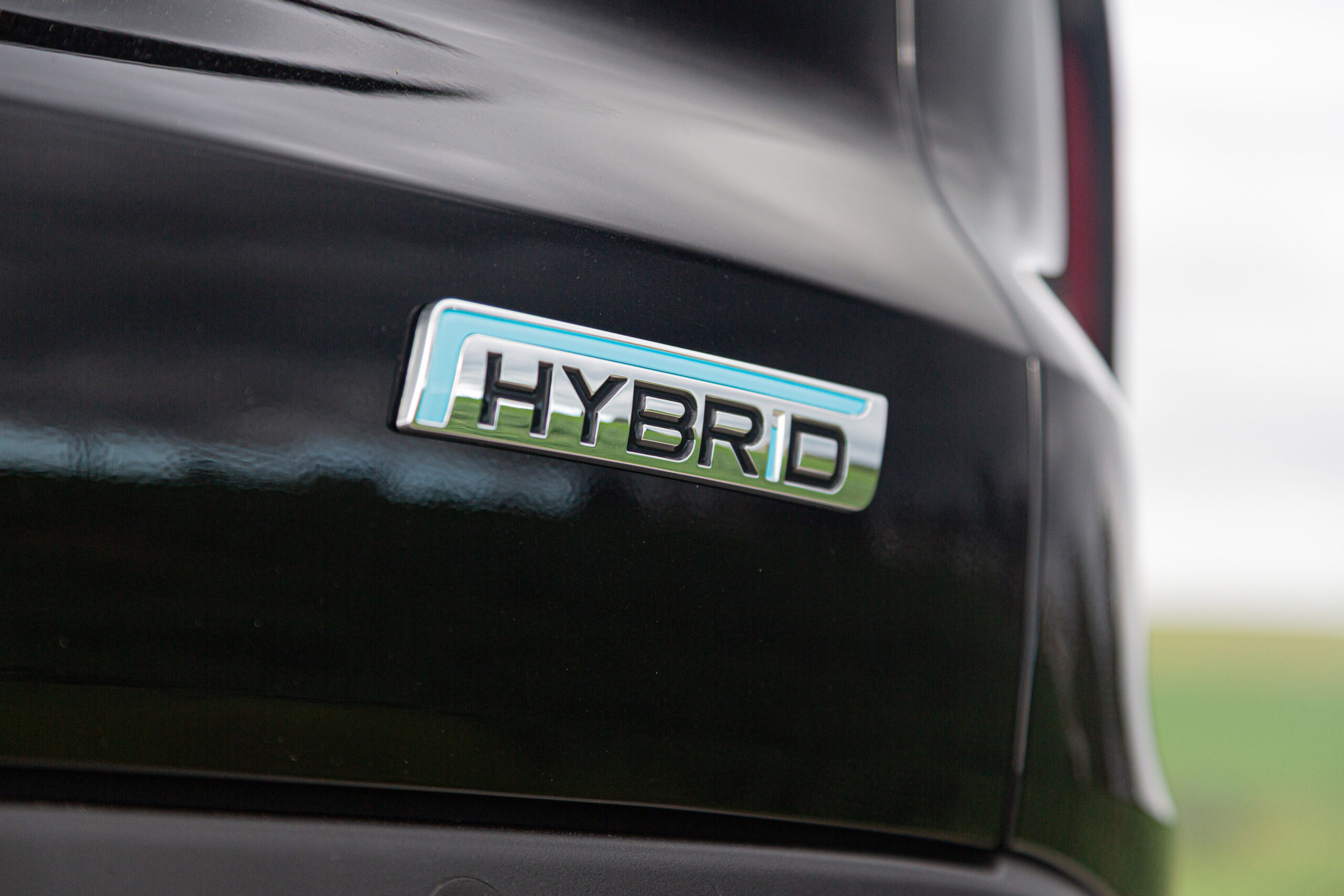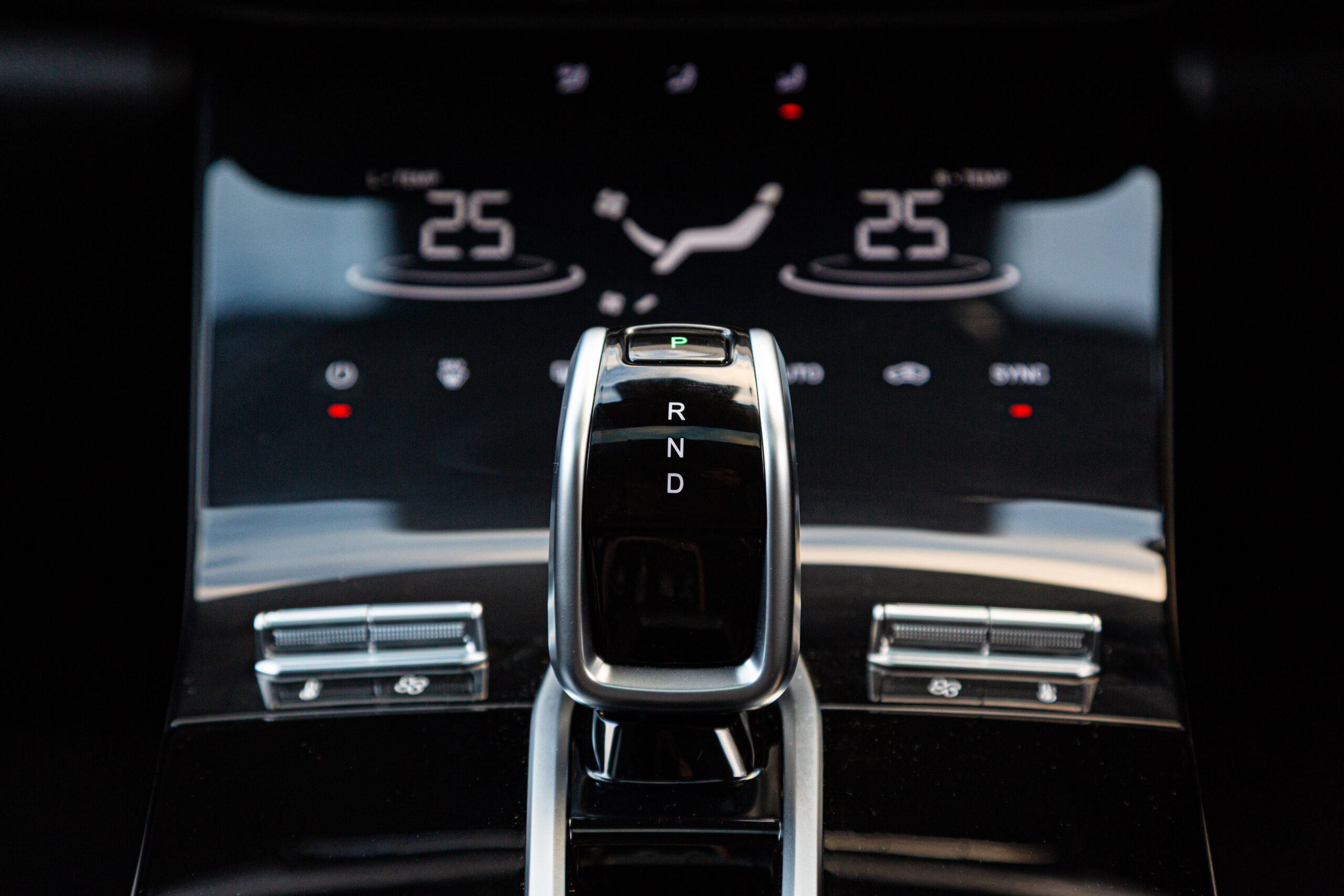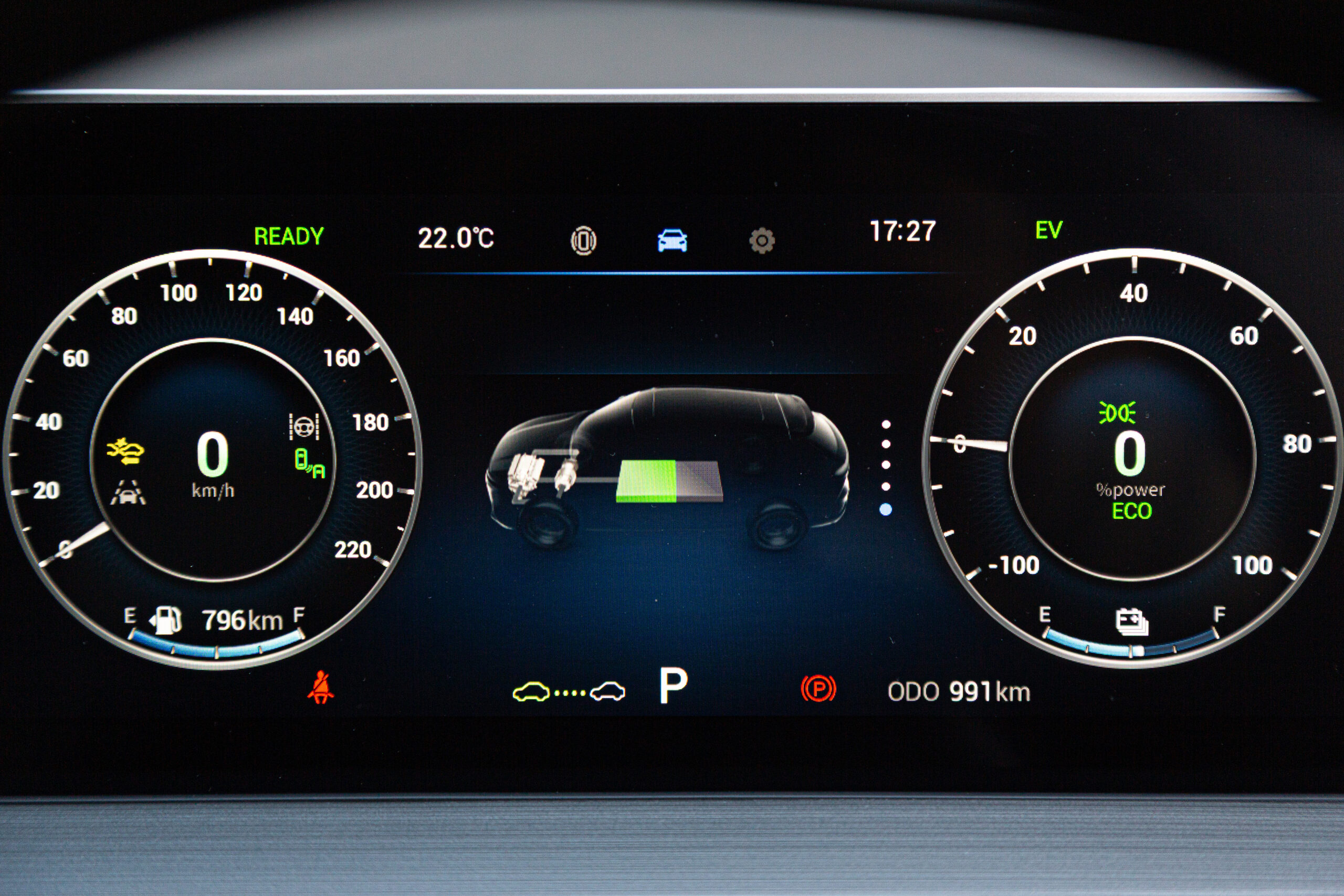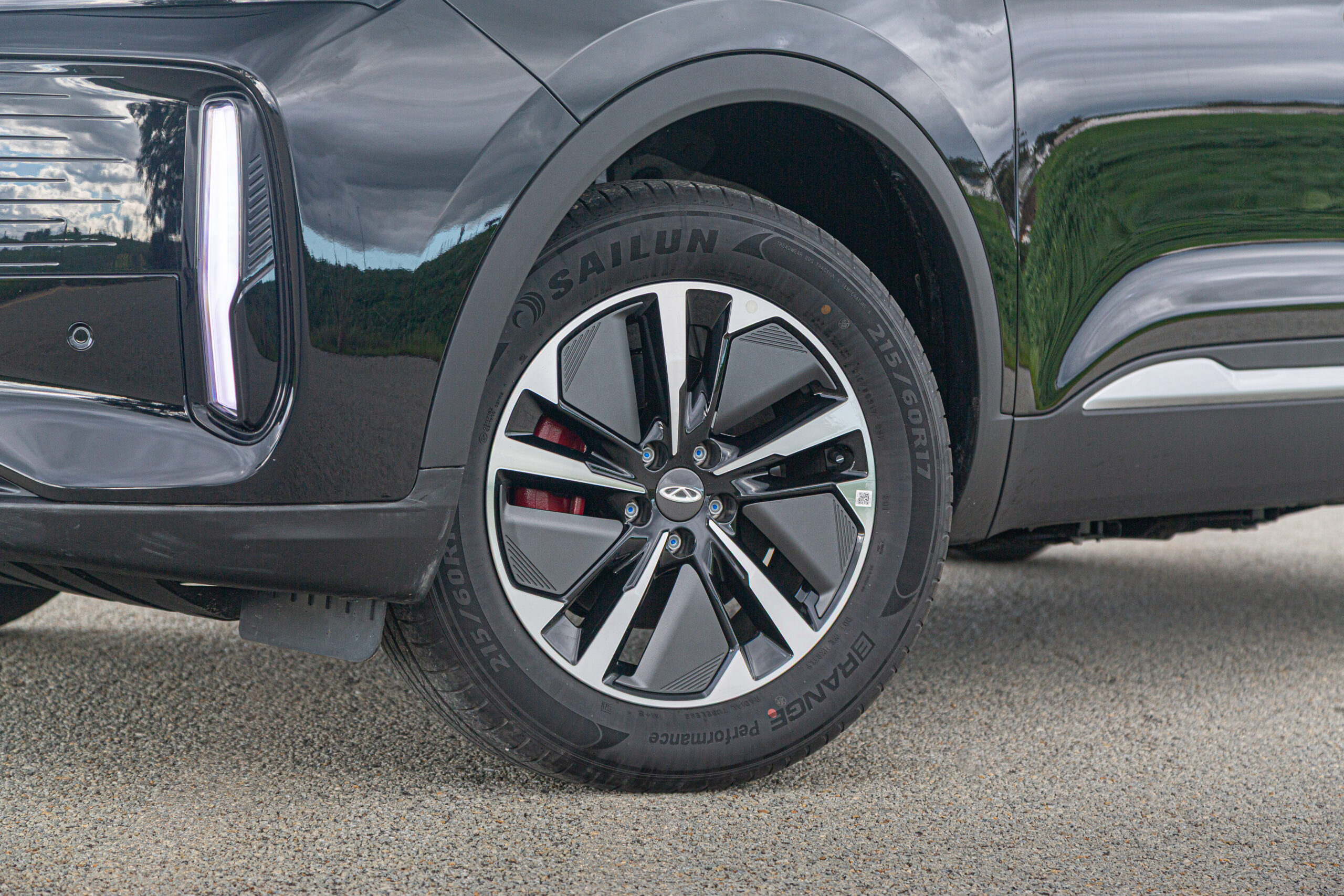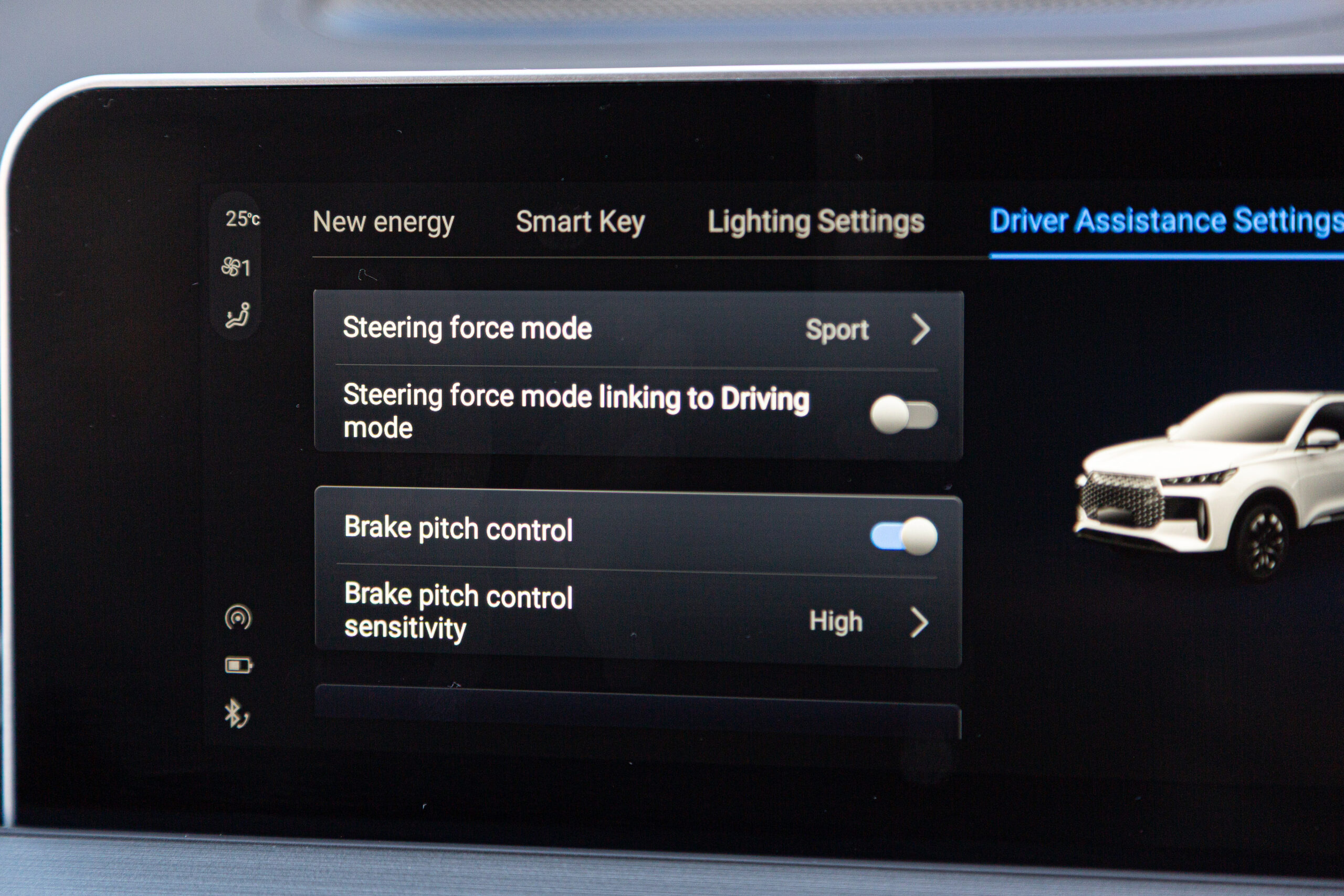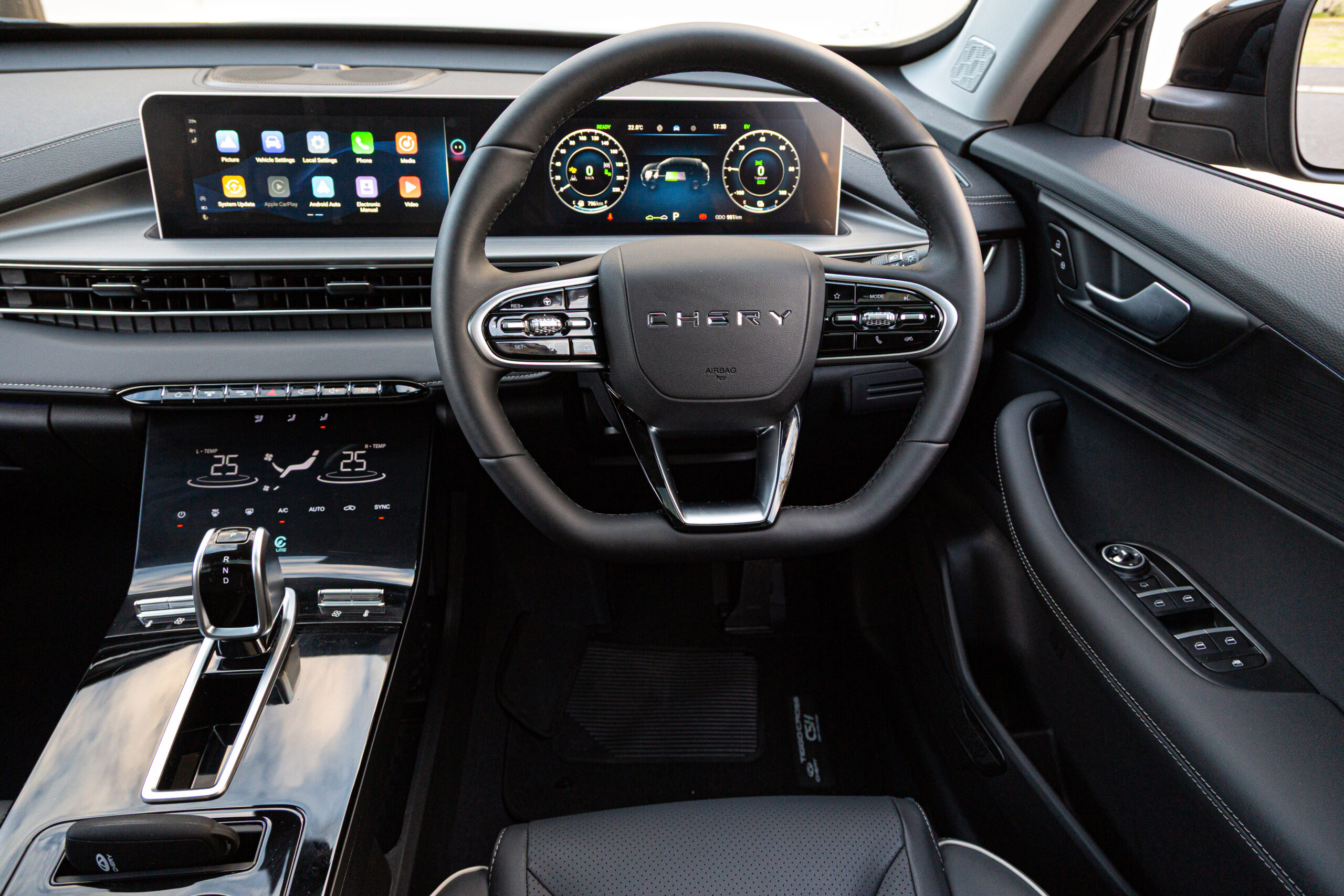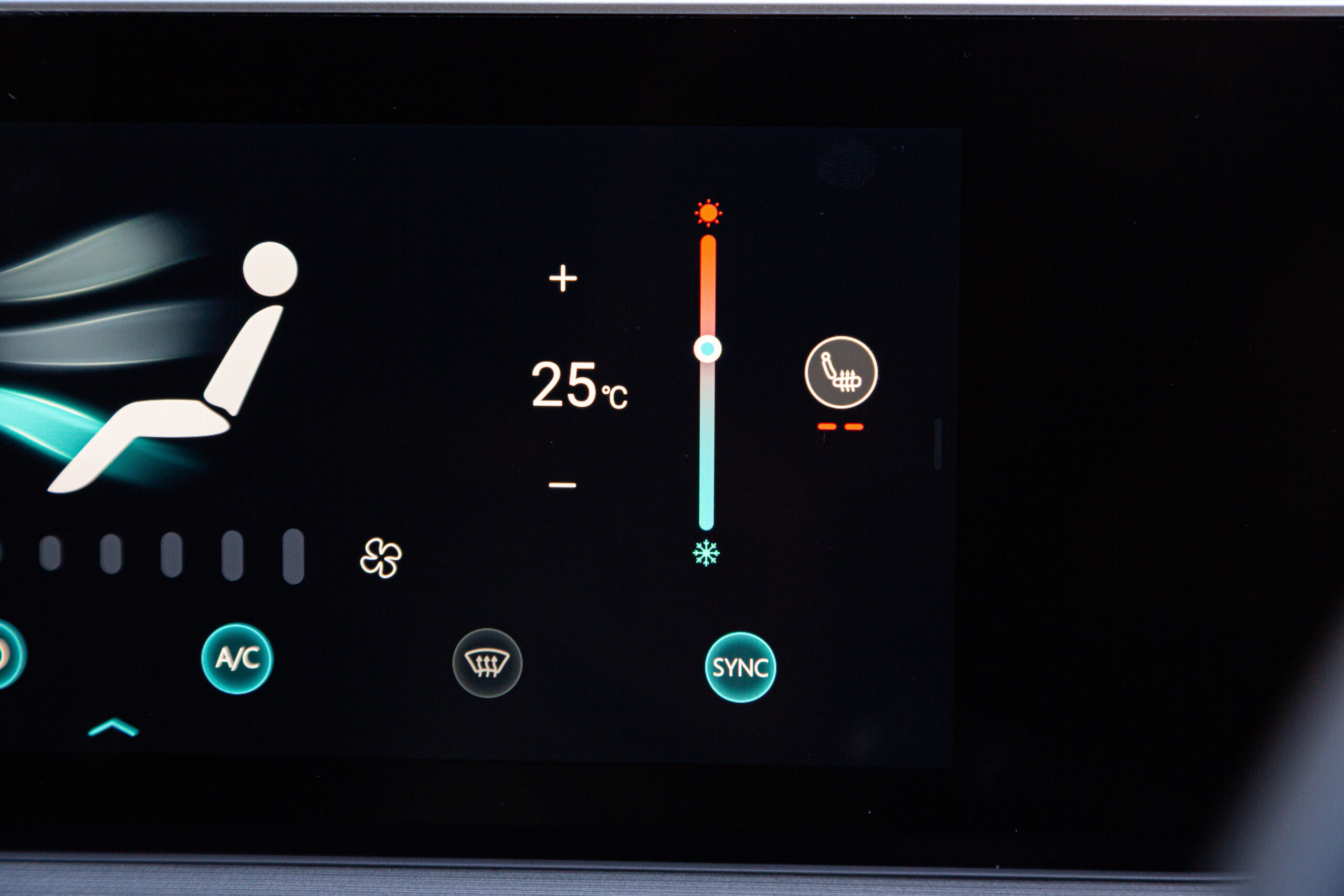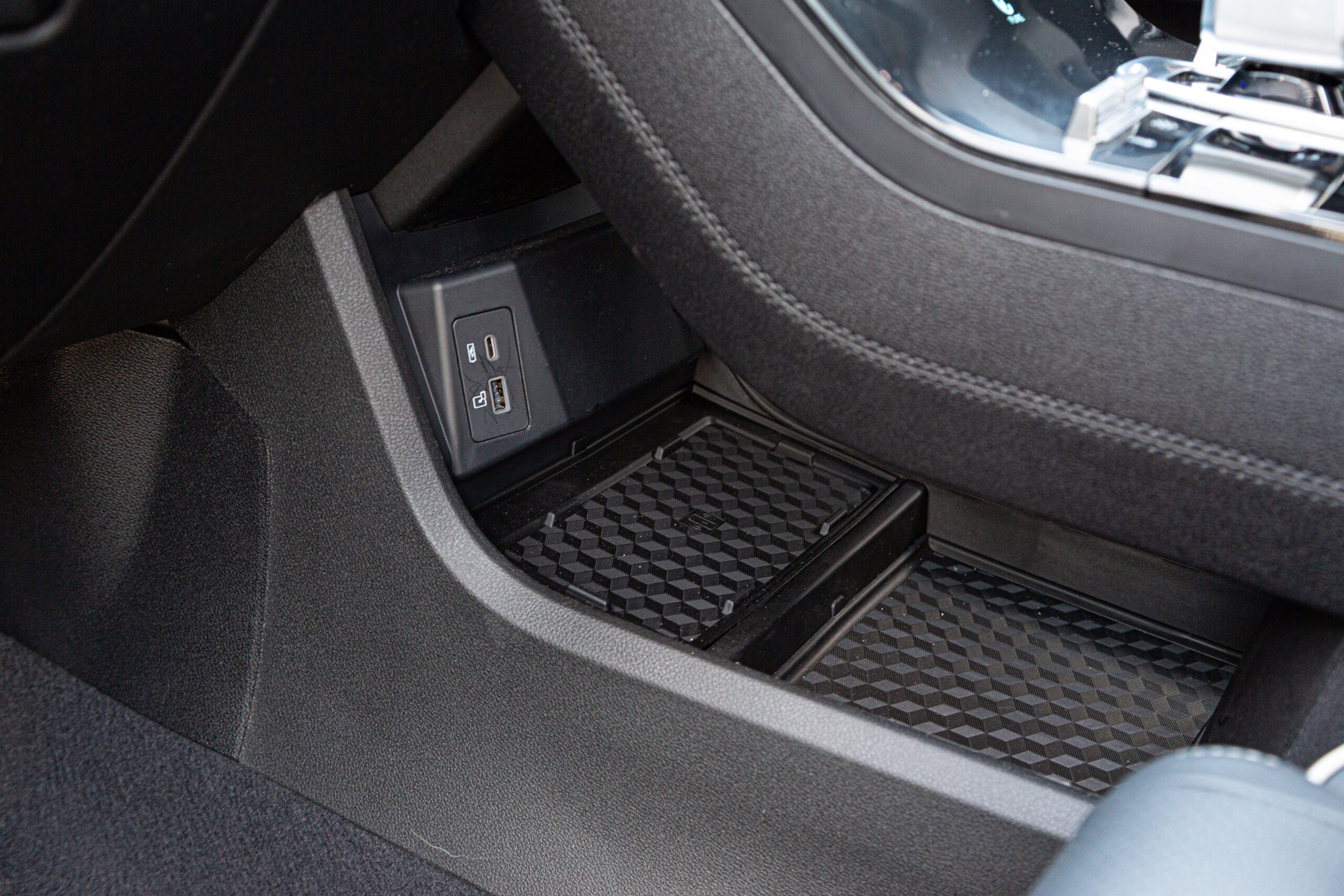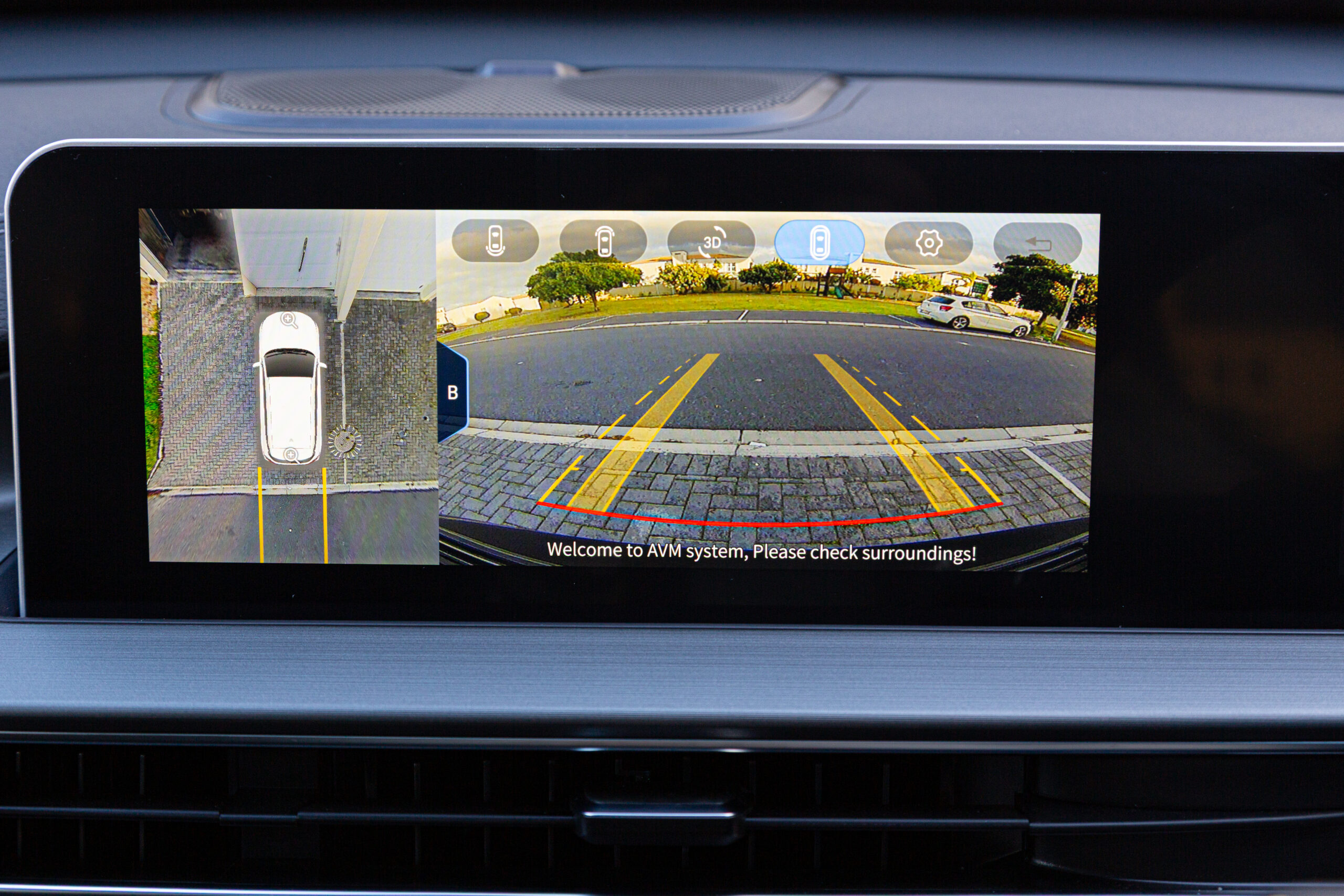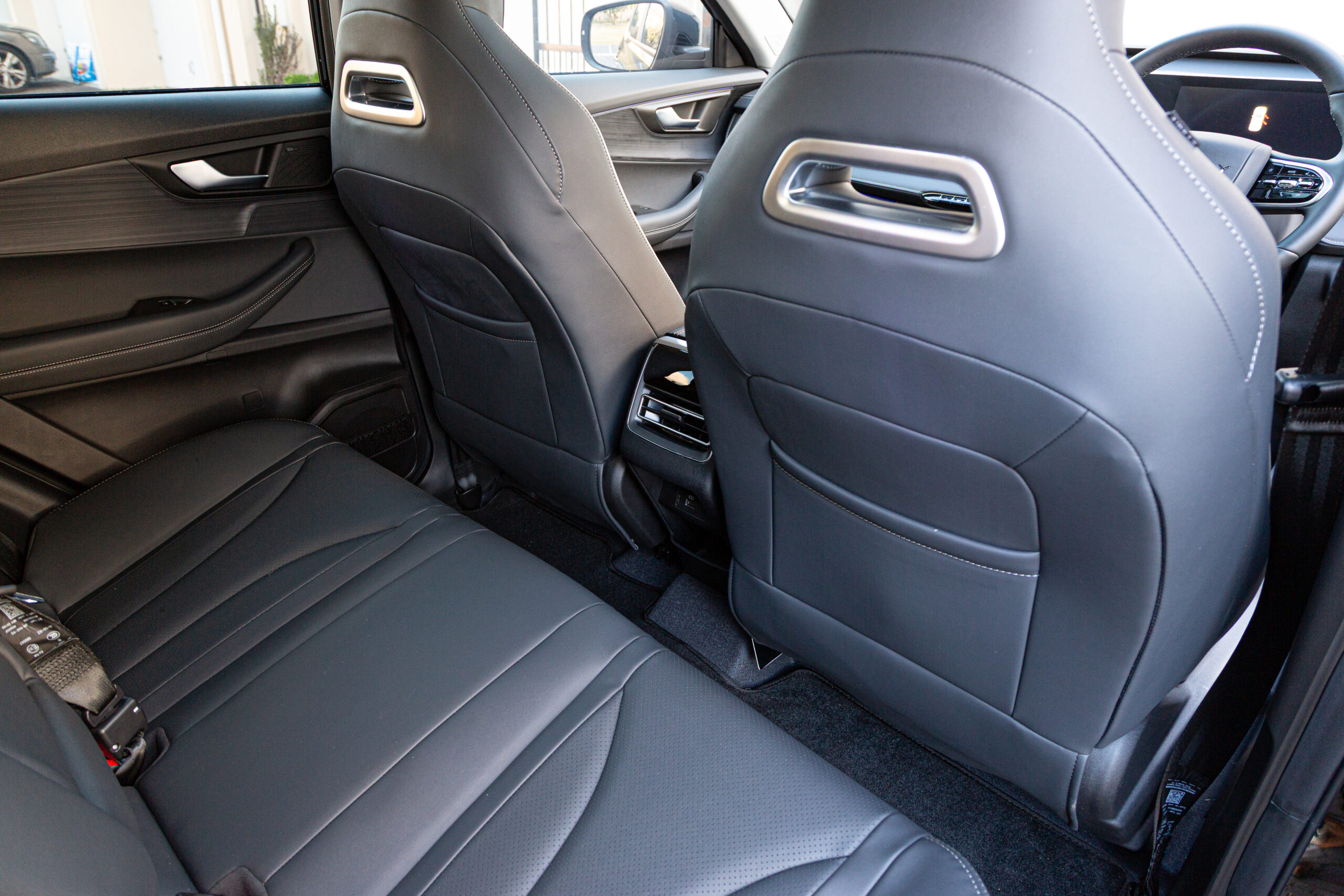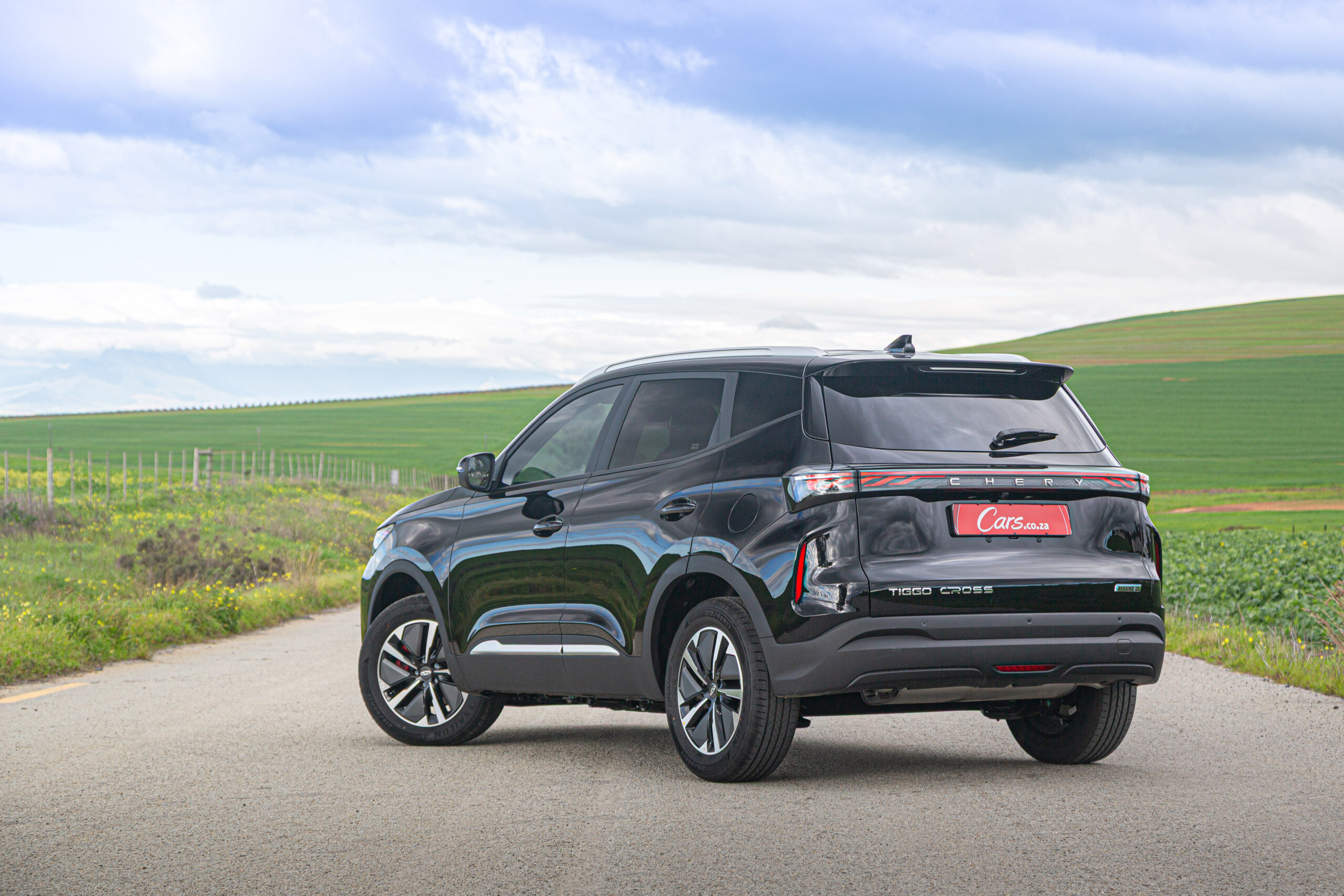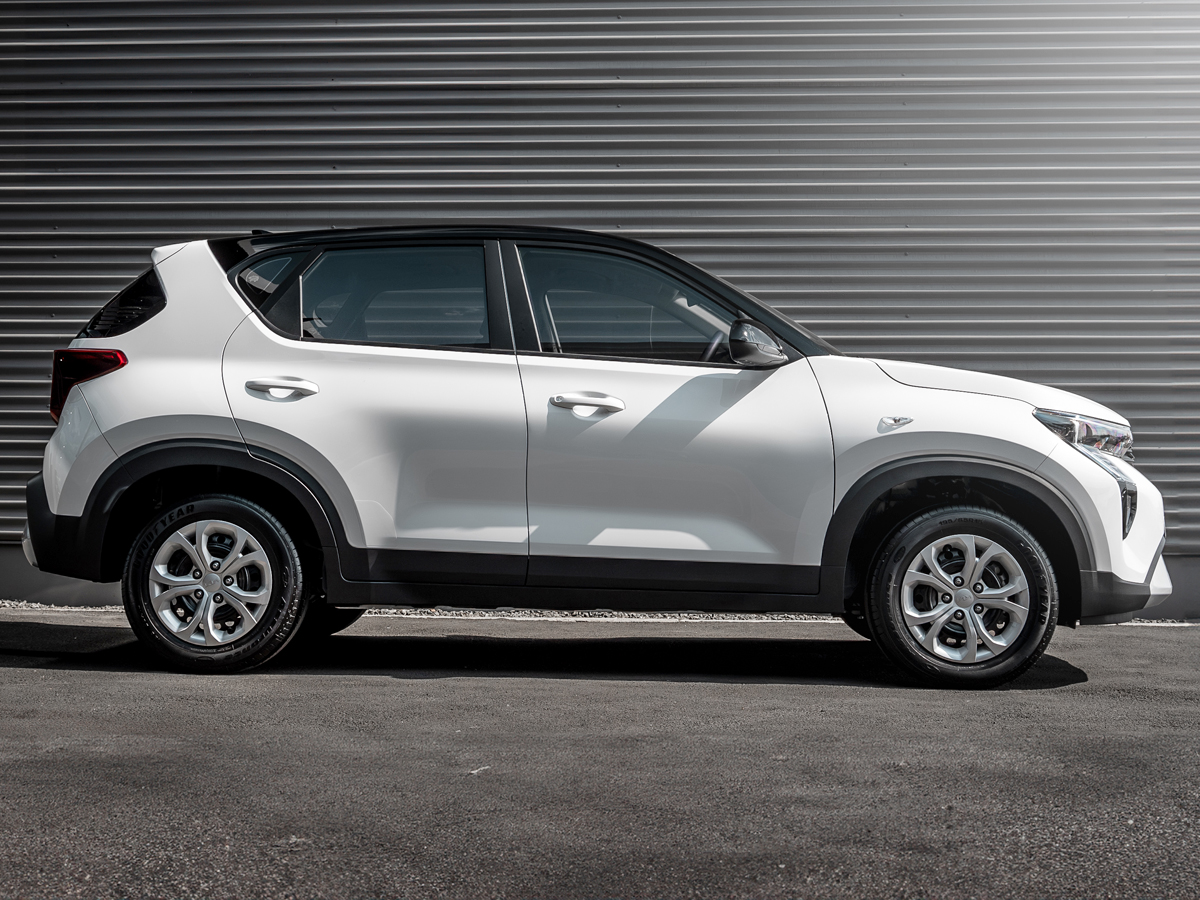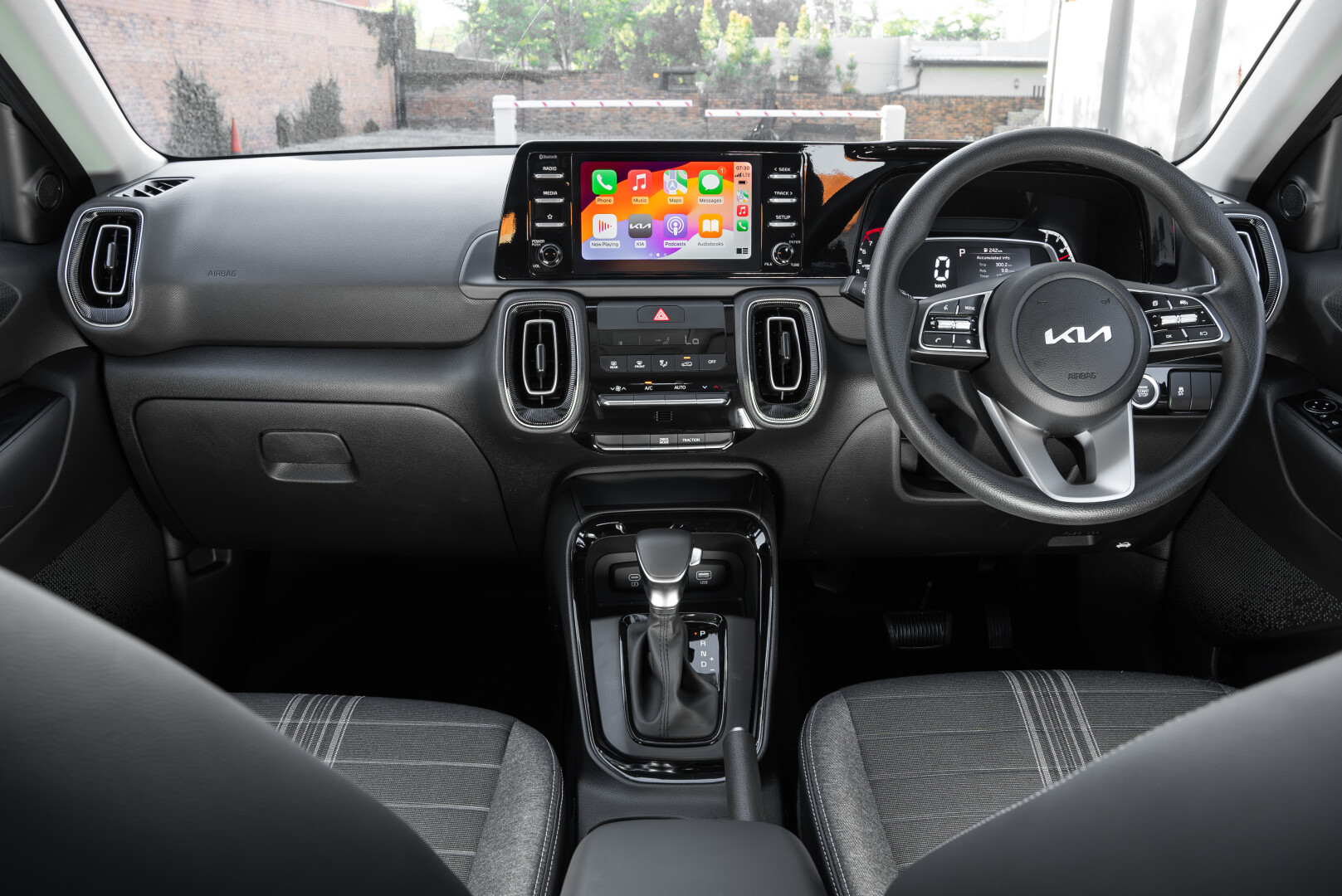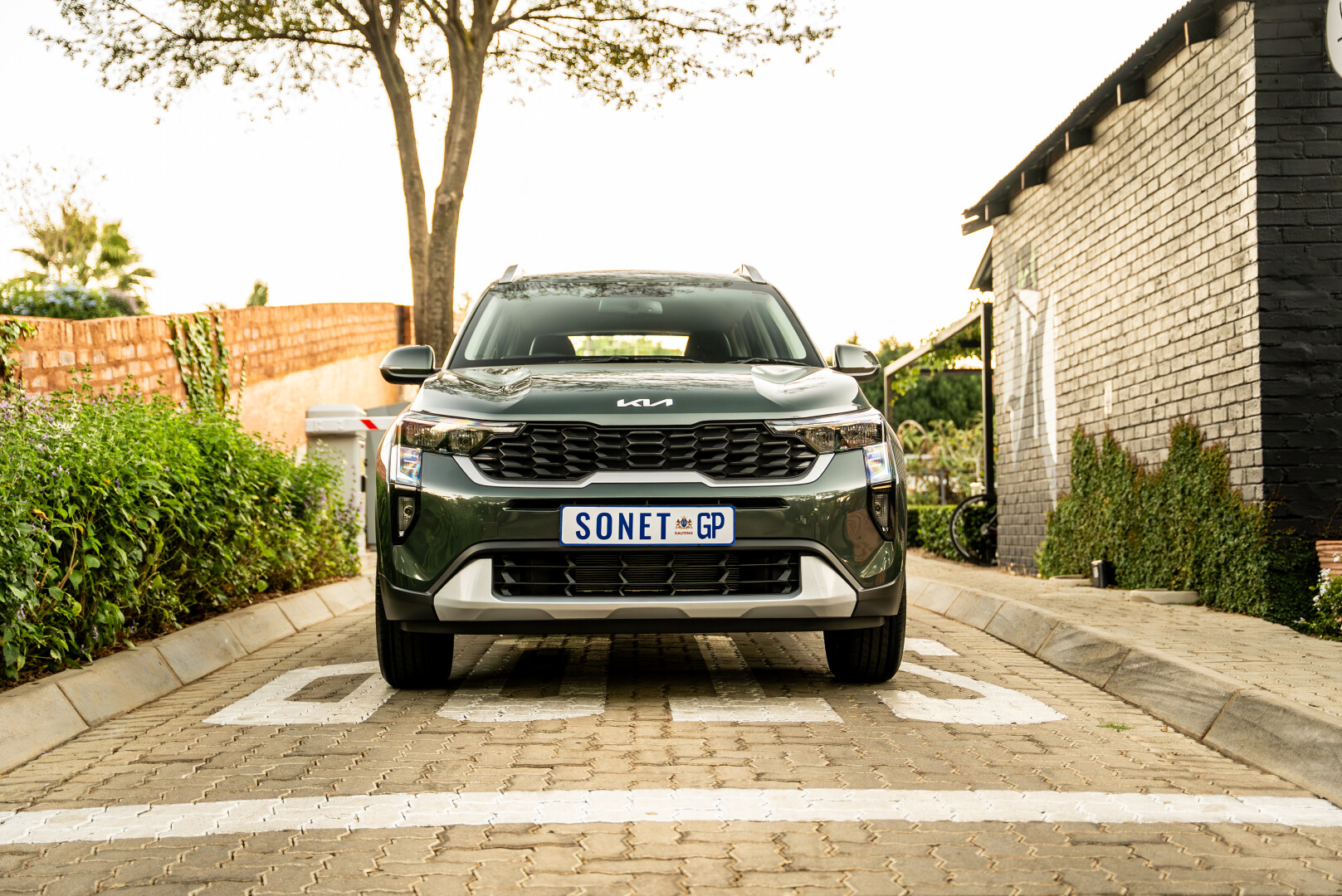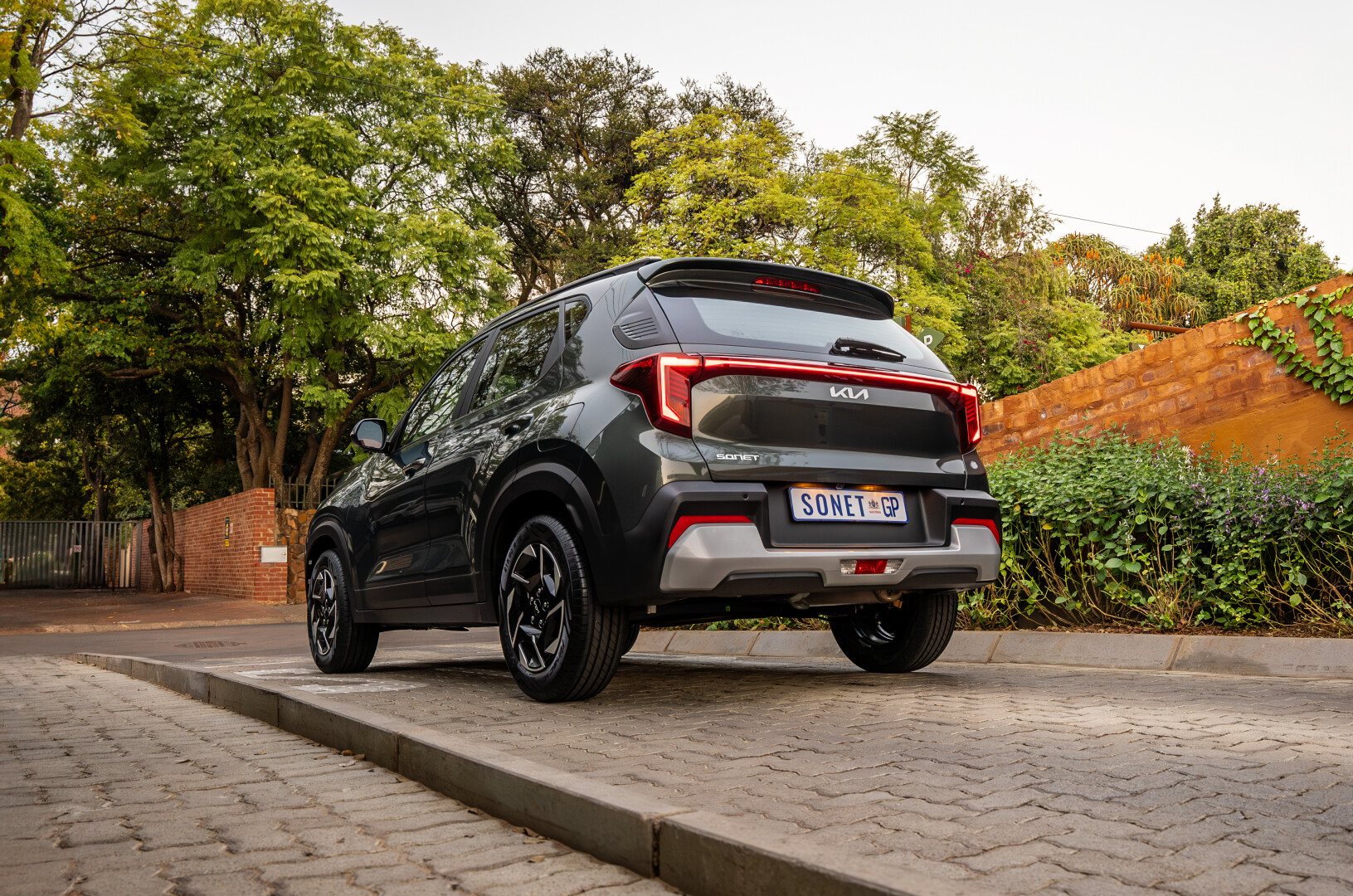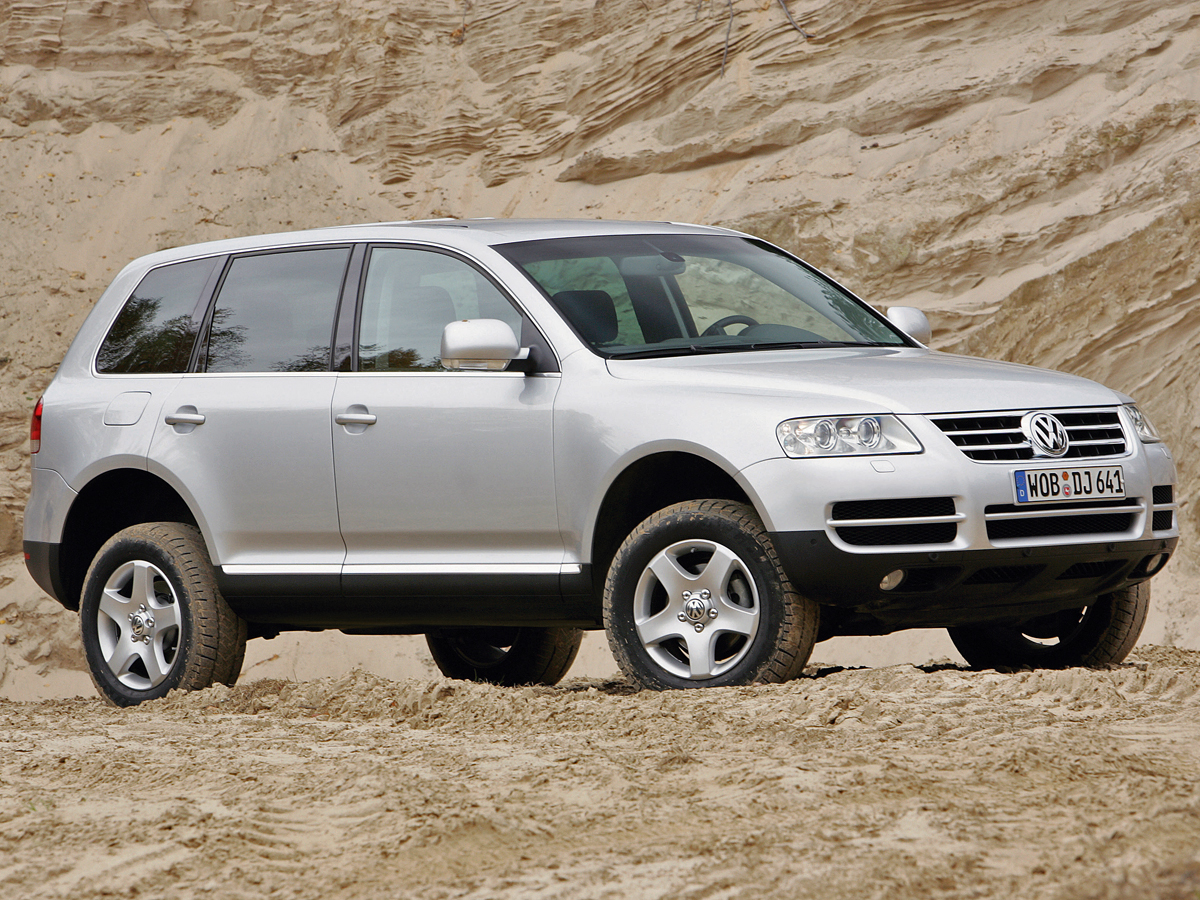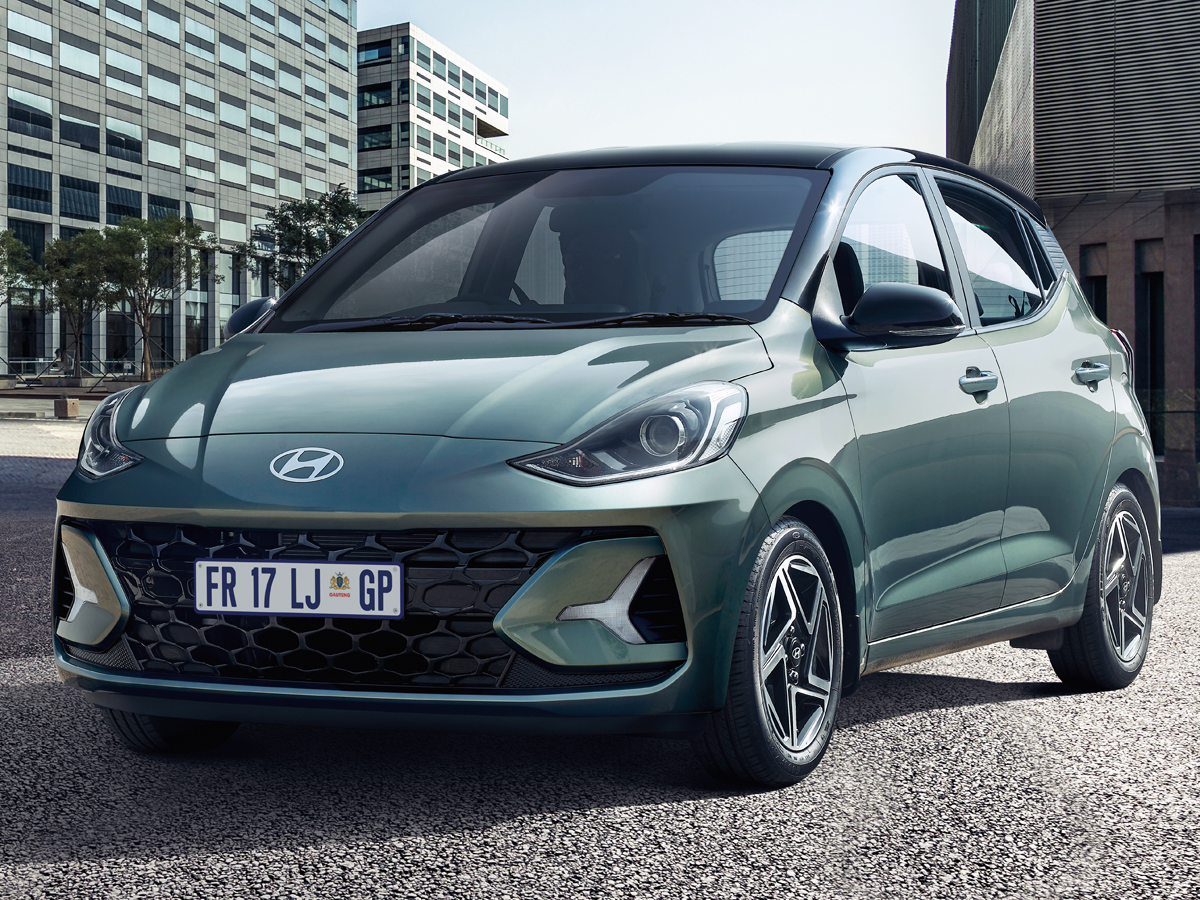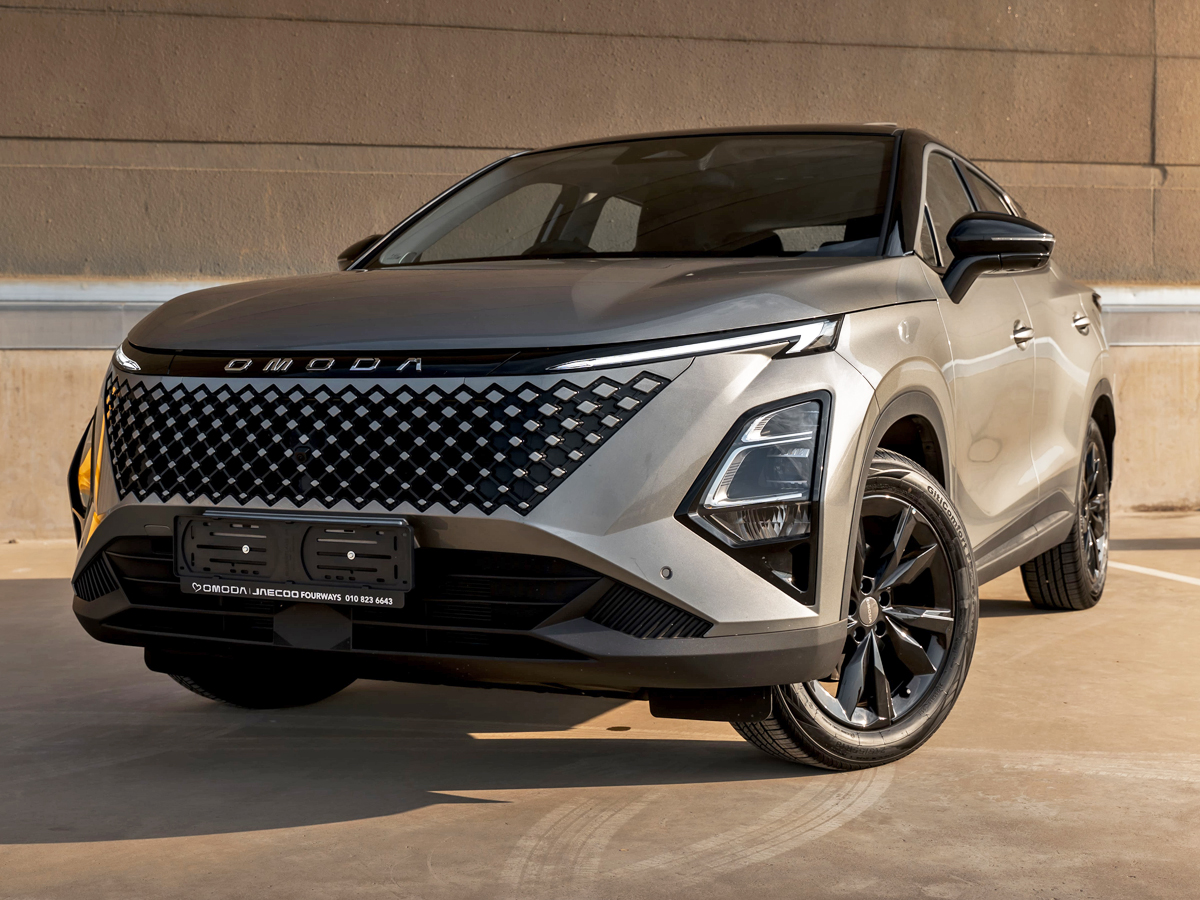Travelling with Pets: Your FAQs Answered
Your complete guide to travelling with pets on South African roads. Safety tips, legal requirements, and expert advice for stress-free pet road trips.
Last year, over 2.8 million South Africans hit the road for the holidays – but how many left their furry friends behind? Thankfully, the difficult choice between adventure and travelling with pets doesn’t have to happen.
South Africa’s spectacular routes, from the Garden Route’s dramatic coastlines to the wildlife corridors leading to Kruger, become even more special when shared with your 4-legged companion. However, one poorly planned pet journey can turn your dream road trip into a nightmare of stress, safety concerns, and unexpected costs.
This practical guide reveals exactly how to travel safely with pets on South African roads. You’ll discover the essential safety equipment that could save your pet’s life, learn the optimal stopping schedule that prevents motion sickness, and find out which legal requirements you absolutely cannot ignore.
We’ll also share insider tips on handling South Africa’s unique climate challenges and reveal when professional pet transport might be your smartest choice.
By the end of this article, you’ll have a complete roadmap for stress-free pet travel that keeps everyone safe, comfortable, and ready to create unforgettable memories together.
See also: Road Trip Essentials: What You Need and Why
How can I keep my pet safe and comfortable during car travel?
Pet safety starts with proper restraints. Just like humans need seatbelts, pets need secure positioning in your vehicle. A quality pet harness attached to the car’s seatbelt system works well for dogs, while cats and smaller animals travel best in sturdy carriers.
Never allow your pet to roam freely in the car. Flying projectiles during sudden stops can seriously injure both pets and passengers. Position larger dogs in the back seat with a harness or use a pet barrier to keep them in the cargo area.
Avoid the temptation to let your dog stick their head out the window. High-speed debris, insects, or sudden movements can cause eye injuries or worse. Keep windows slightly open for ventilation instead.
See also: Child Seat Capacity: Cars That Safely Fit More Than 3 Kids
How often should I stop during a road trip with my pet?
Plan stops every 2 to 3 hours. This schedule works well for both human comfort and pet needs. Your furry companion needs regular bathroom breaks, exercise, and fresh water – especially during South Africa’s warmer months.
Use these stops strategically. Find shaded areas where your pet can stretch their legs safely on a leash. Many service stations along major routes have grassy areas perfect for quick walks. Remember to clean up after your pet and keep them hydrated.
Short breaks also help prevent motion sickness and reduce travel anxiety. A brief walk can work wonders for a restless pet who’s been confined to a carrier or harness.
See also: Understanding & Combating Driver Fatigue
What preparations are needed before a road trip with my pet?
Schedule a vet visit at least 2 weeks before your trip. Your veterinarian can confirm your pet’s health status and update any necessary vaccinations. This step becomes especially important if you’re crossing provincial boundaries.
Some provinces require health certificates for pets. Check requirements for your specific route, particularly if you’re heading to game reserves or crossing into neighbouring countries. Keep these documents easily accessible during travel.
Update your pet’s identification tags with your mobile number. Consider microchipping if you haven’t already. South African roads can be unpredictable, and proper identification provides peace of mind.
What pet supplies and equipment should I bring along?
| Essential Item | Purpose | Pro Tip |
| Food & Water | Maintain a regular feeding schedule | Pack extra in case of delays |
| Collapsible Bowls | Easy feeding and hydration | Take up minimal space when not in use |
| Leash & Waste Bags | Safety and cleanliness | Bring extras – you’ll use more than expected |
| Tick & Flea Prevention | Protection from parasites | Apply before travel, especially to bushveld areas |
| Familiar Blankets/Toys | Comfort and anxiety reduction | Choose items with familiar scents |
| First Aid Kit | Emergency care | Include pet-specific items like bandages |
| Medications | Health maintenance | Pack extras and keep in original containers |
Pack familiar items that smell like home. Your pet’s favourite blanket or toy can significantly reduce travel stress. Familiar scents provide comfort in unfamiliar environments.
Don’t forget practical items like poop bags, wet wipes, and paper towels. Accidents happen, and being prepared makes cleanups much easier.
See also: Essential Emergency Supplies for Your Car
How do I handle pet motion sickness and anxiety in the car?
Keep your vehicle cool and well-ventilated. South African summers can be intense, and overheating increases nausea and discomfort. Use the aircon, but avoid creating strong drafts directly on your pet.
Position carriers and harnesses where your pet can see out but remains secure. Many pets feel less anxious when they can observe their surroundings. Face carriers forward rather than sideways to reduce motion sickness.
Start with shorter trips before your big adventure. Gradual exposure helps pets adjust to car travel. Some animals benefit from natural calming aids or anti-nausea medication – consult your vet about options.
To prevent travel sickness in dogs, avoid feeding your dog before a car ride and provide them with plenty of water to help prevent dehydration. Behavioural modification techniques, like gradually exposing your dog to car rides starting with short trips, can help desensitise your dog to the motion of the car and reduce travel sickness.
Waggel. “A Complete Guide to Travel Sickness Tablets For Dogs.” Waggel Blog, https://www.waggel.co.uk/blog/post/travel-sickness-tablets-for-dogs.
Are there pet-friendly stops and accommodations to consider?
Research your route beforehand. Many South African lodges, guesthouses, and camping sites welcome pets, but policies vary. Book accommodations that explicitly allow pets and understand their specific rules.
En route, look for stops with green spaces. Parks, rest areas with grass, and dog-friendly beaches provide excellent break opportunities. The Garden Route, Drakensberg region, and many Karoo towns offer particularly pet-friendly stopping points.
Plan alternative routes if your 1st choice doesn’t work out. Having backup options reduces stress if you encounter unexpected challenges.
What road safety precautions should I take while travelling with pets?
Never leave your pet unattended in a parked car. South African temperatures can become deadly within minutes, even when the windows are slightly open. If you must stop where pets aren’t allowed, take turns with your travel companions.
Keep pets away from the driver. A sudden movement or an excited pet can cause dangerous distractions, especially on a fast-moving, busy highway. Use barriers or restraints to maintain clear separation between pets and the driver’s area.
Carry emergency contact information for veterinarians along your route. Having these details readily available can save precious time in crises.
See also: How Defensive Driving Protects You on South African Roads
Should I consider professional pet transport services?
Professional transport makes sense for certain situations. Long-distance moves, elderly pets, or animals with special medical needs often benefit from climate-controlled vehicles and trained handlers.
Several South African companies specialise in pet transport. These services handle documentation, provide proper restraints, and monitor your pet throughout. Costs vary based on distance and pet size.
Consider professional transport if your pet experiences severe travel anxiety or if you’re moving household goods simultaneously. Sometimes the additional cost provides invaluable peace of mind.
See also: Your Complete Guide to Safe Towing in South Africa
What special precautions are necessary for South Africa’s climate and environment?
Heat poses the biggest threat to travelling pets. Avoid travel during the hottest parts of the day, typically between 10 AM and 4 PM. Early morning and evening drives are more comfortable for everyone.
Tick prevention becomes critical in bushveld areas. Apply appropriate treatments before entering regions like Limpopo, Mpumalanga, or the Eastern Cape’s game reserves. Check your pet thoroughly after outdoor stops.
Carry extra water – more than you think you’ll need. Dehydration happens quickly in South African conditions, especially for pets with thick coats or breathing difficulties.
Watch for signs of overheating: excessive panting, drooling, or lethargy. Stop immediately if you notice these symptoms and cool your pet gradually with wet towels.
“Studies show that the temperature of your car can increase between 5.5°C and 11°C within just 10 minutes. After 30 minutes, interior temperature rises by an average of 0.56°C per minute. After 60 minutes, the average car is 24°C hotter than the outside temperature; after 90 minutes, the difference may be up to 27°C.” (temperature readings changed from Fahrenheit to Celsius)
AC Pro. “How Hot Does Your Car Get?” AC Pro, 8 May 2025, https://acprocold.com/how-hot-does-your-car-get/
Planning Your Perfect Pet-Friendly Road Trip
Successful pet travel comes down to preparation and patience. Start planning weeks before your departure date. Research your route, book pet-friendly accommodations, and gather all necessary supplies.
Remember that flexibility makes travel with pets more enjoyable. Allow extra time for stops, pack more supplies than you think you need, and maintain realistic expectations about daily driving distances.
With proper planning and the right precautions, you’ll create lasting memories while keeping everyone safe and comfortable.
Find a new/used vehicle listed for sale on Cars.co.za
Browse Cars.co.za Car Specials in South Africa


